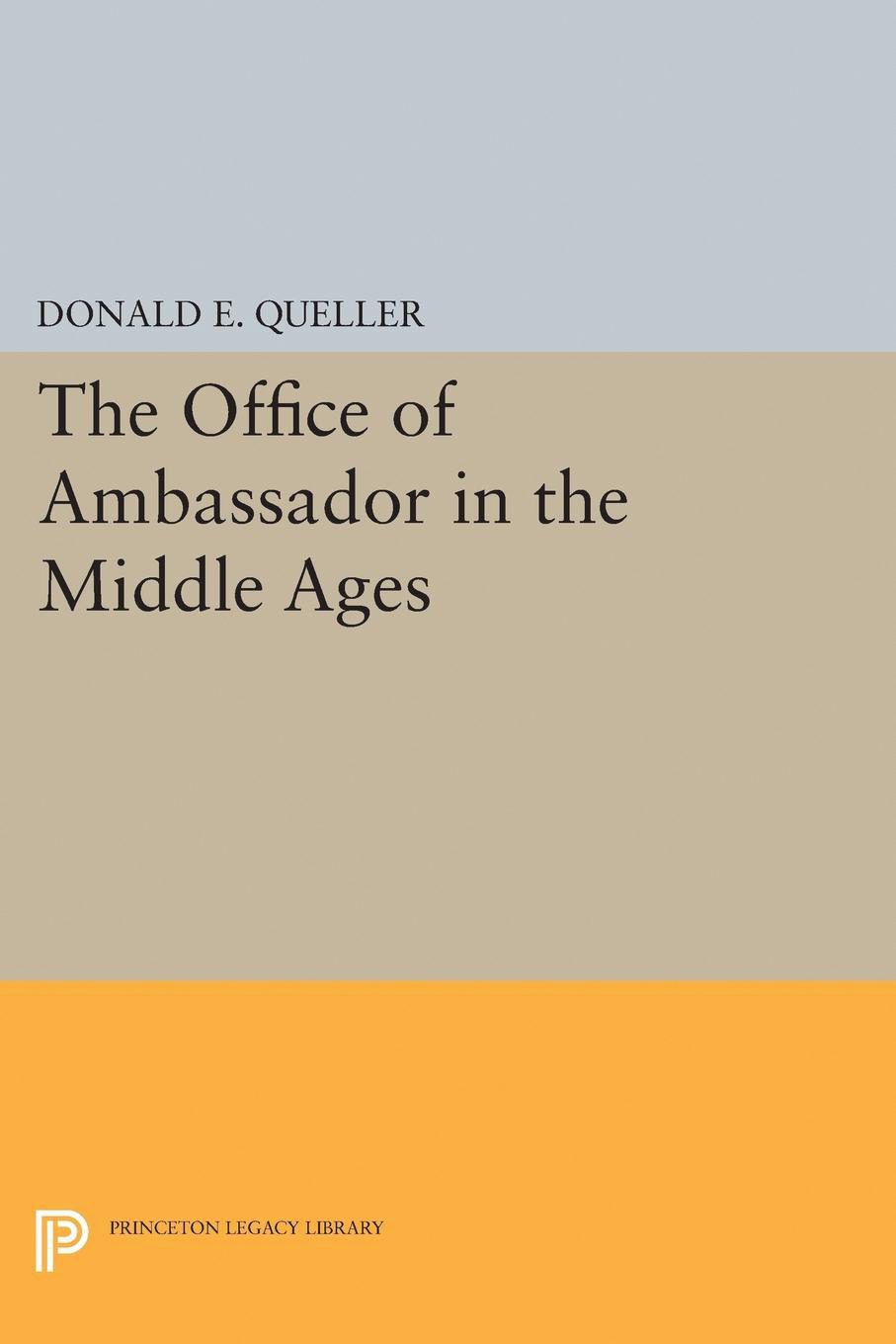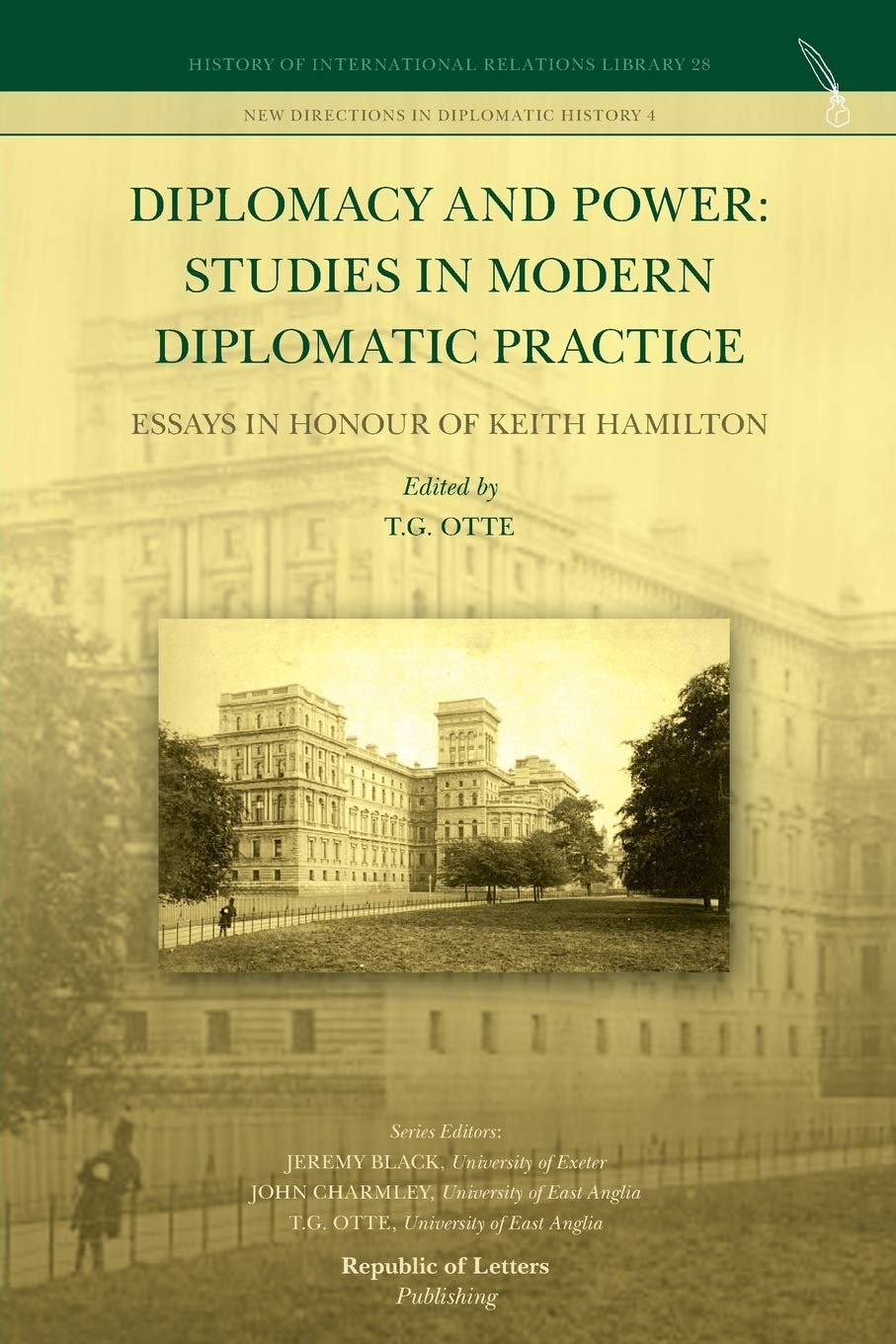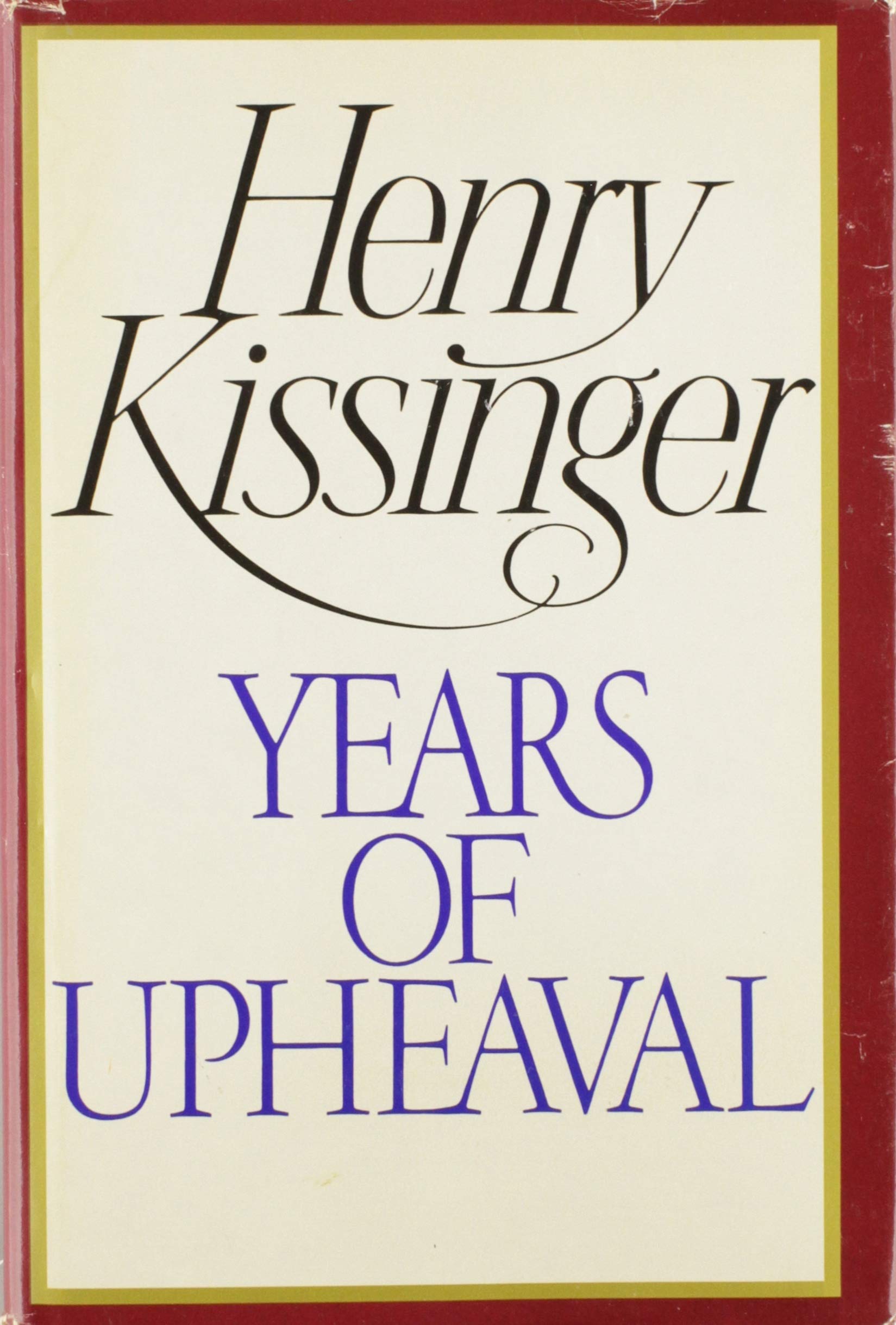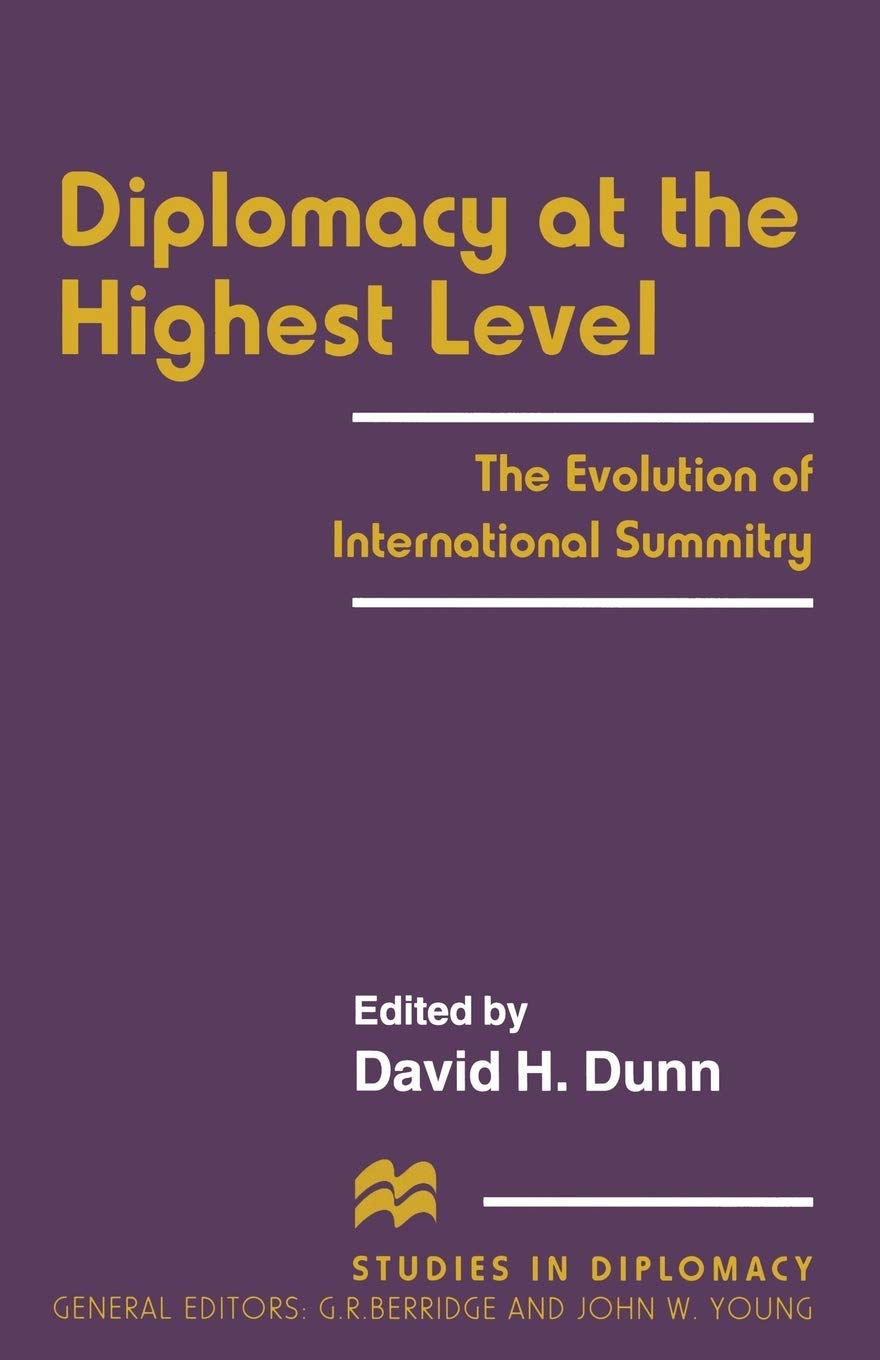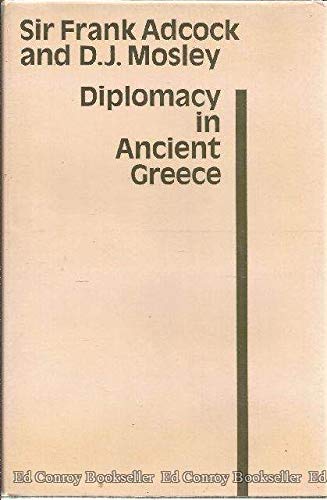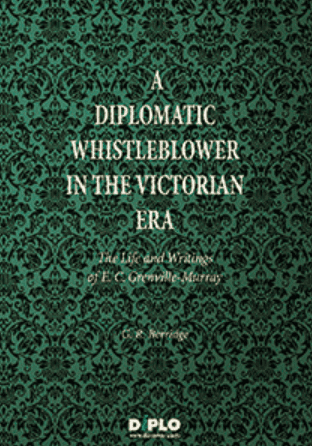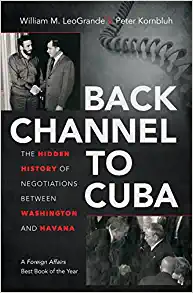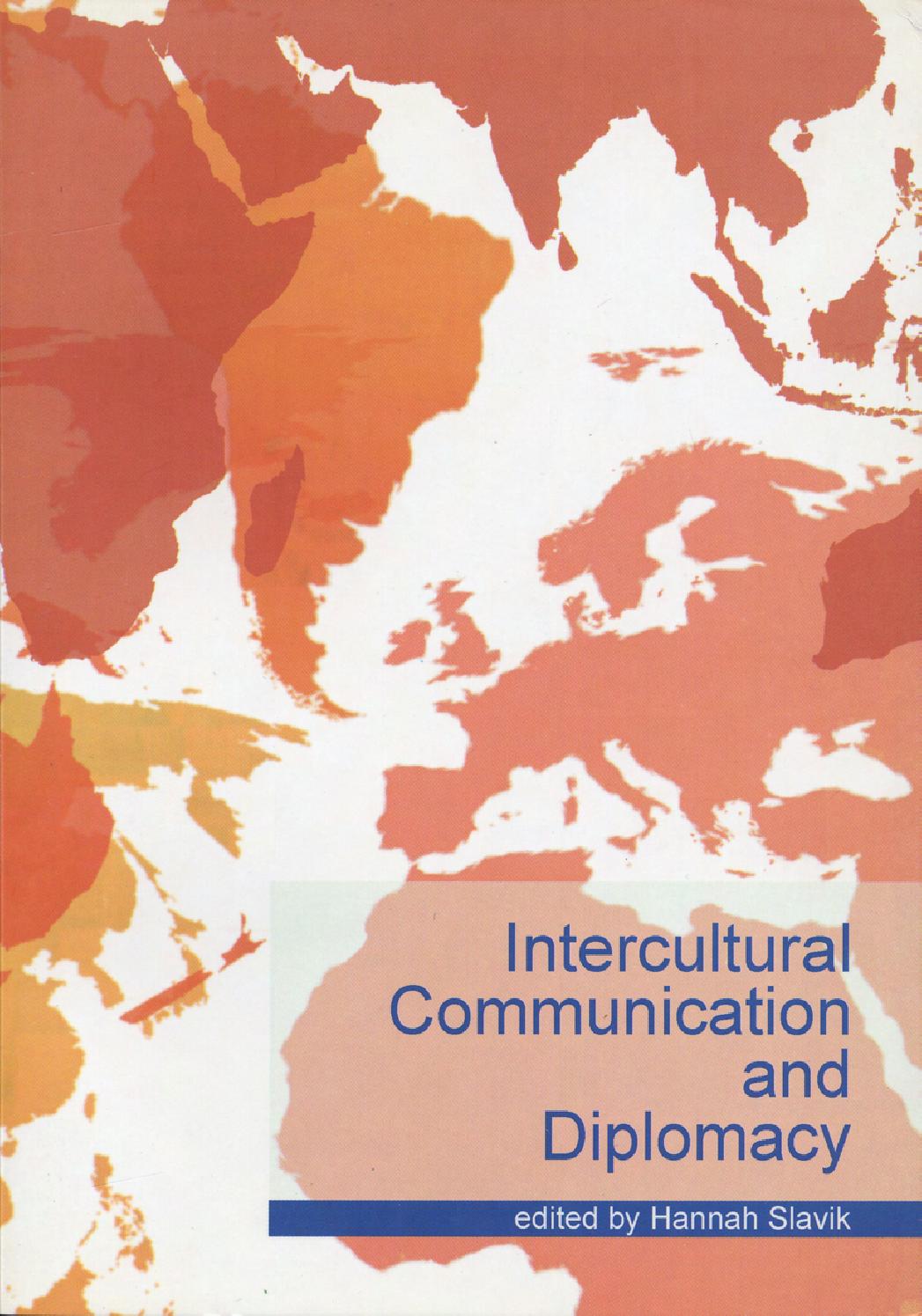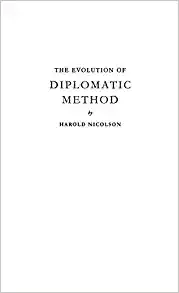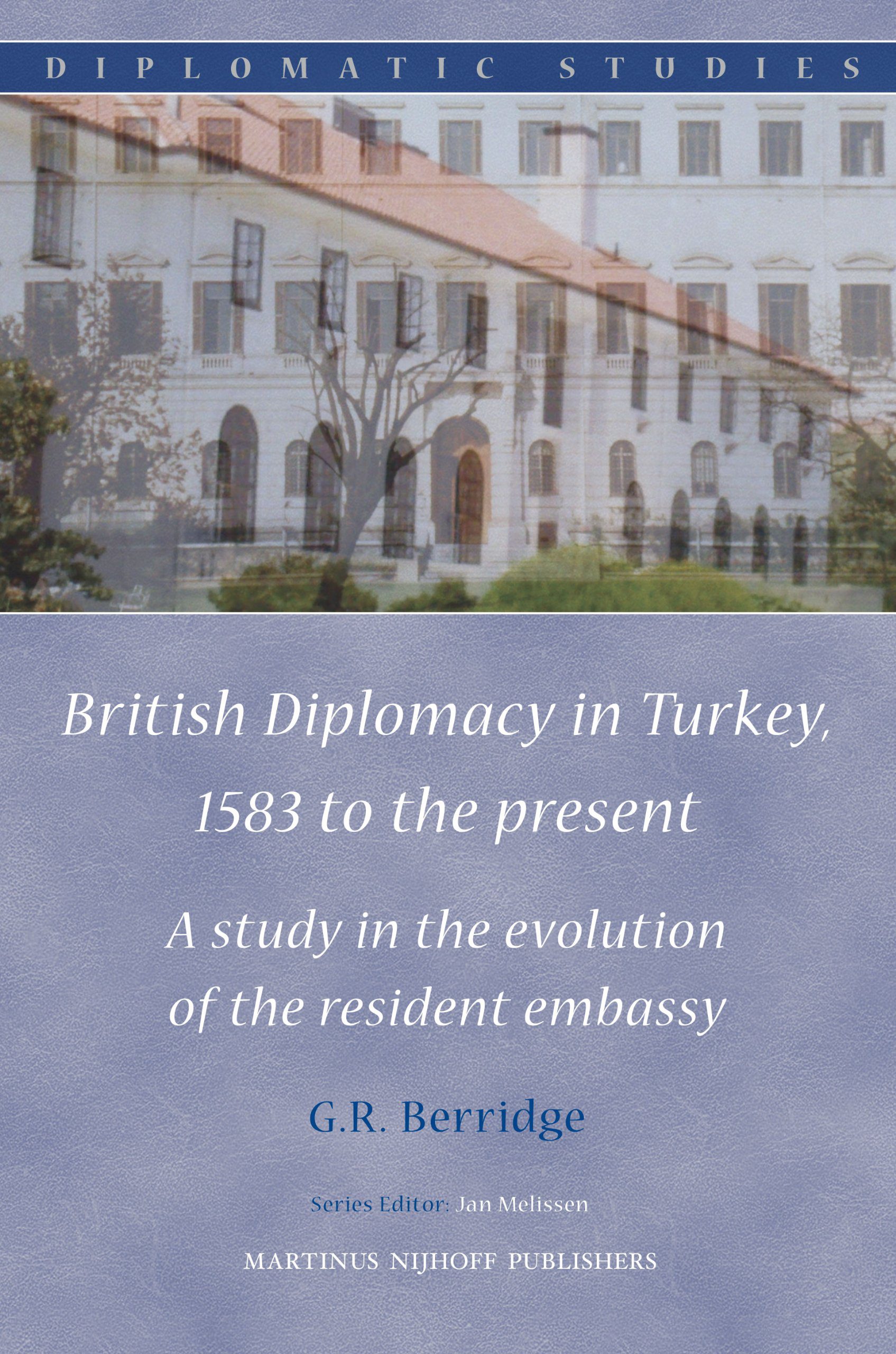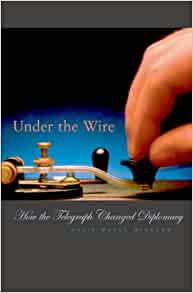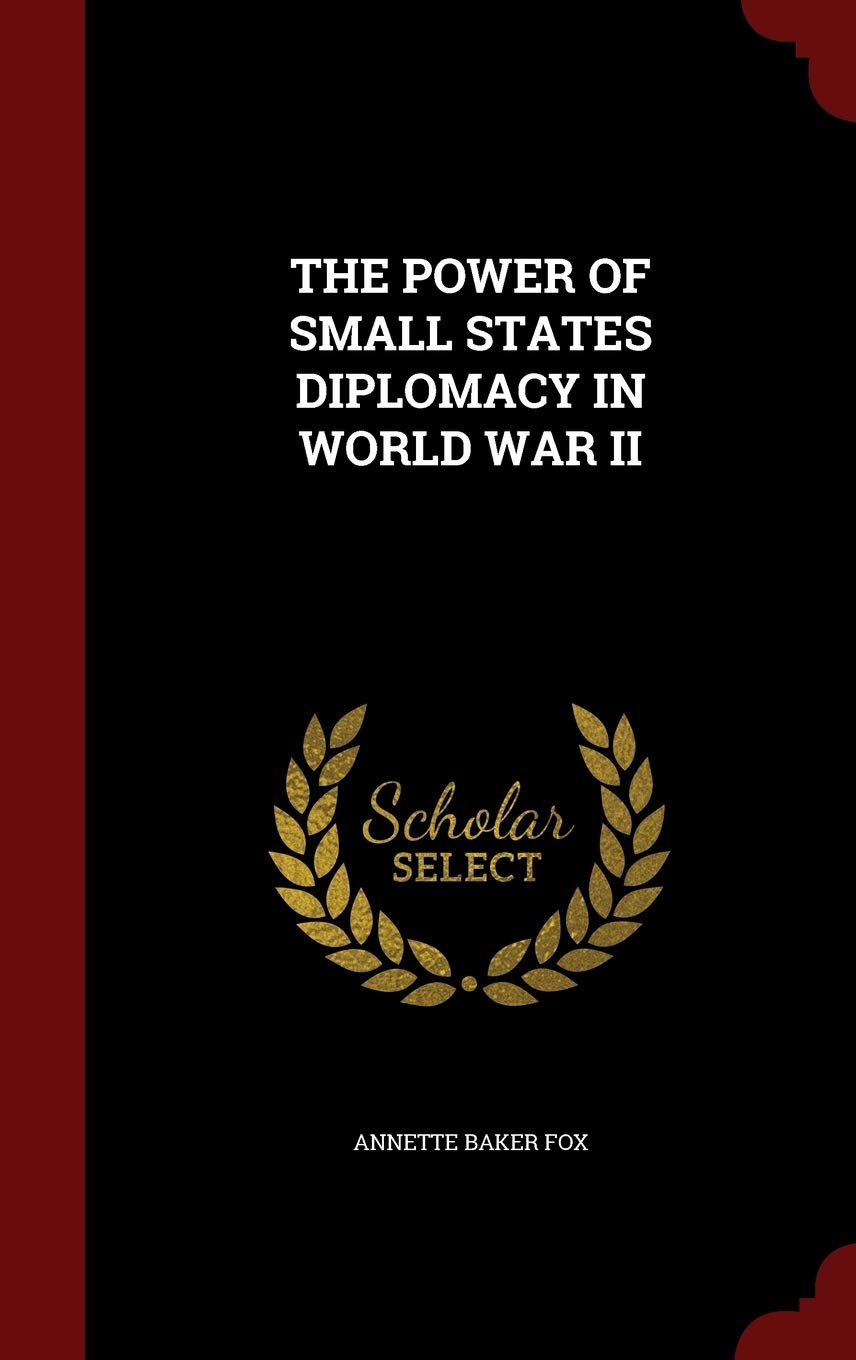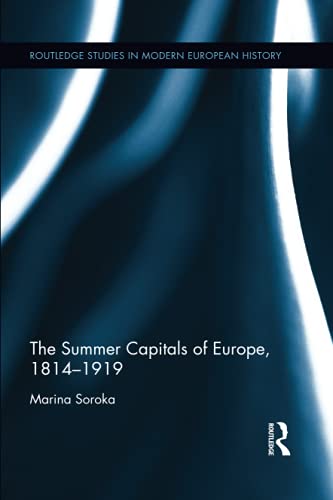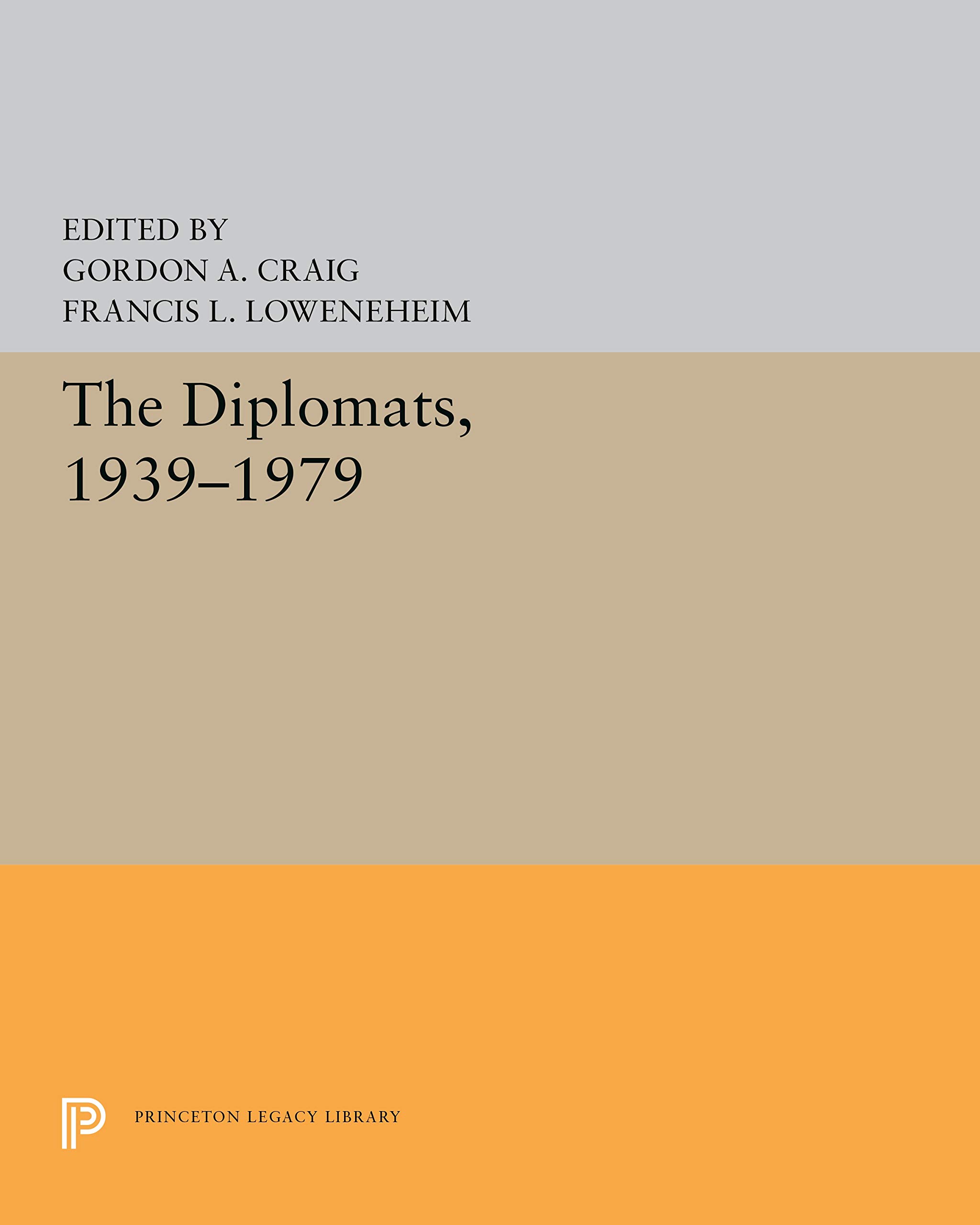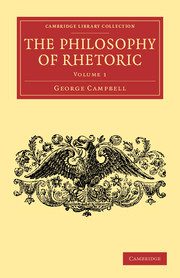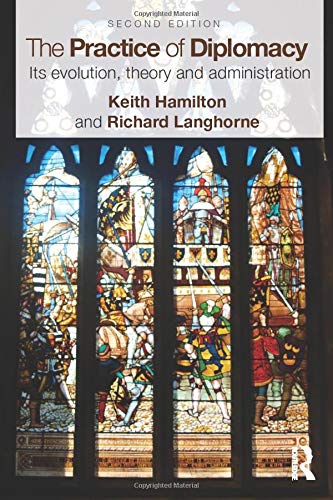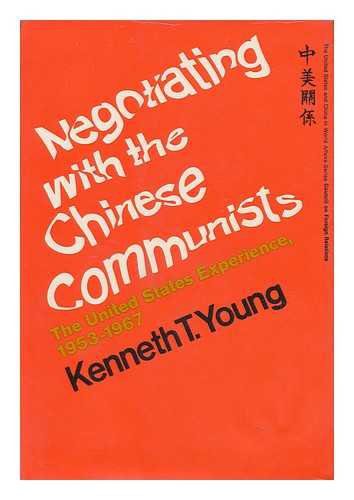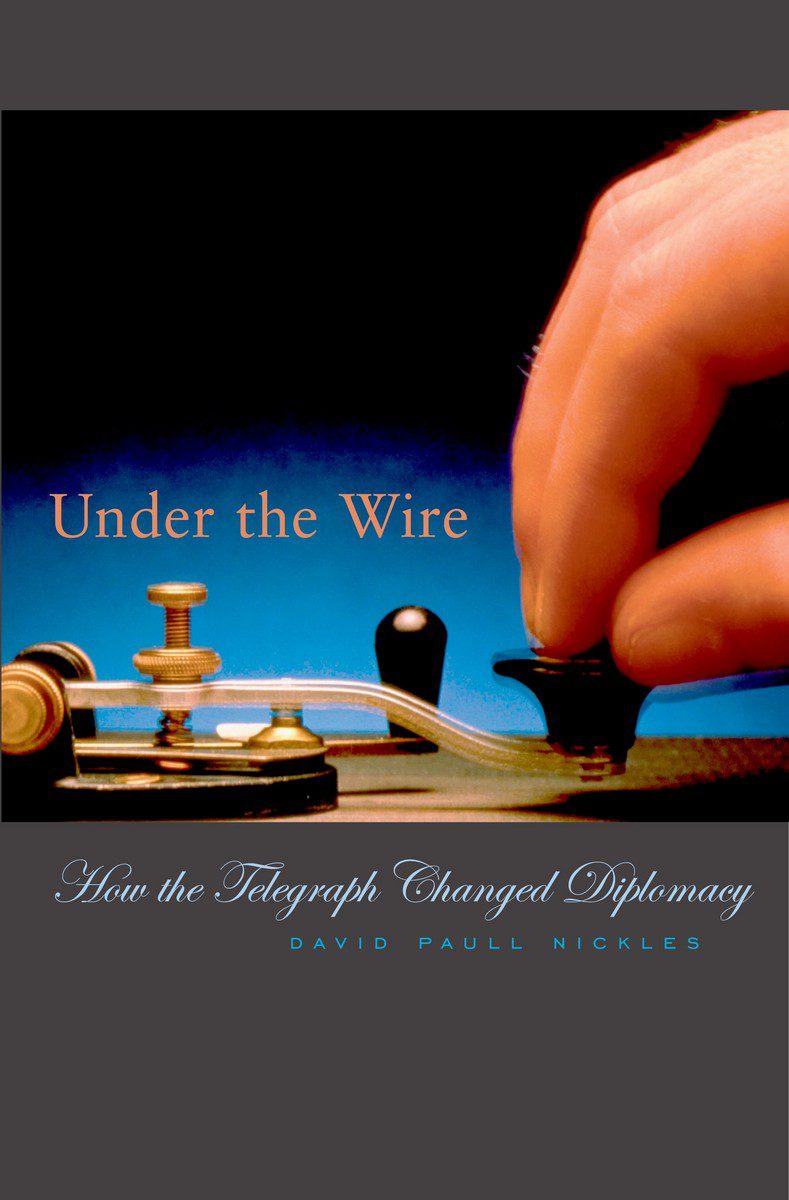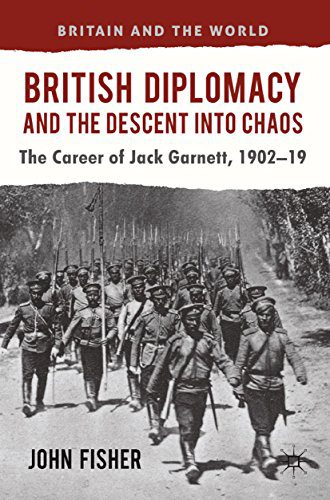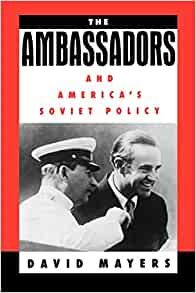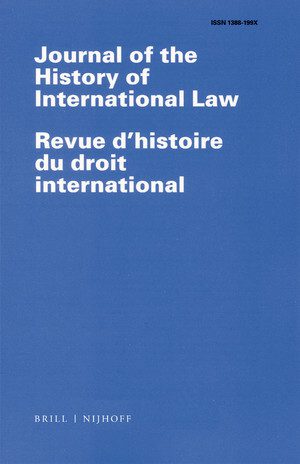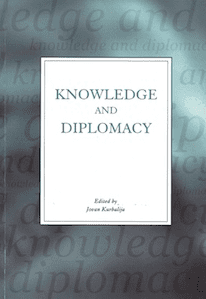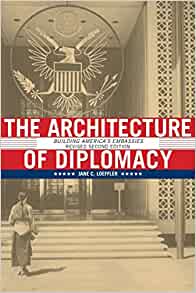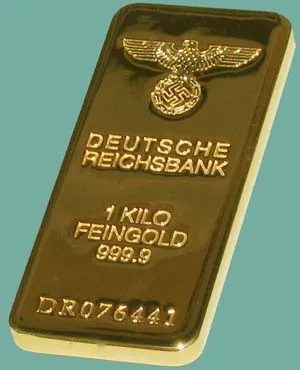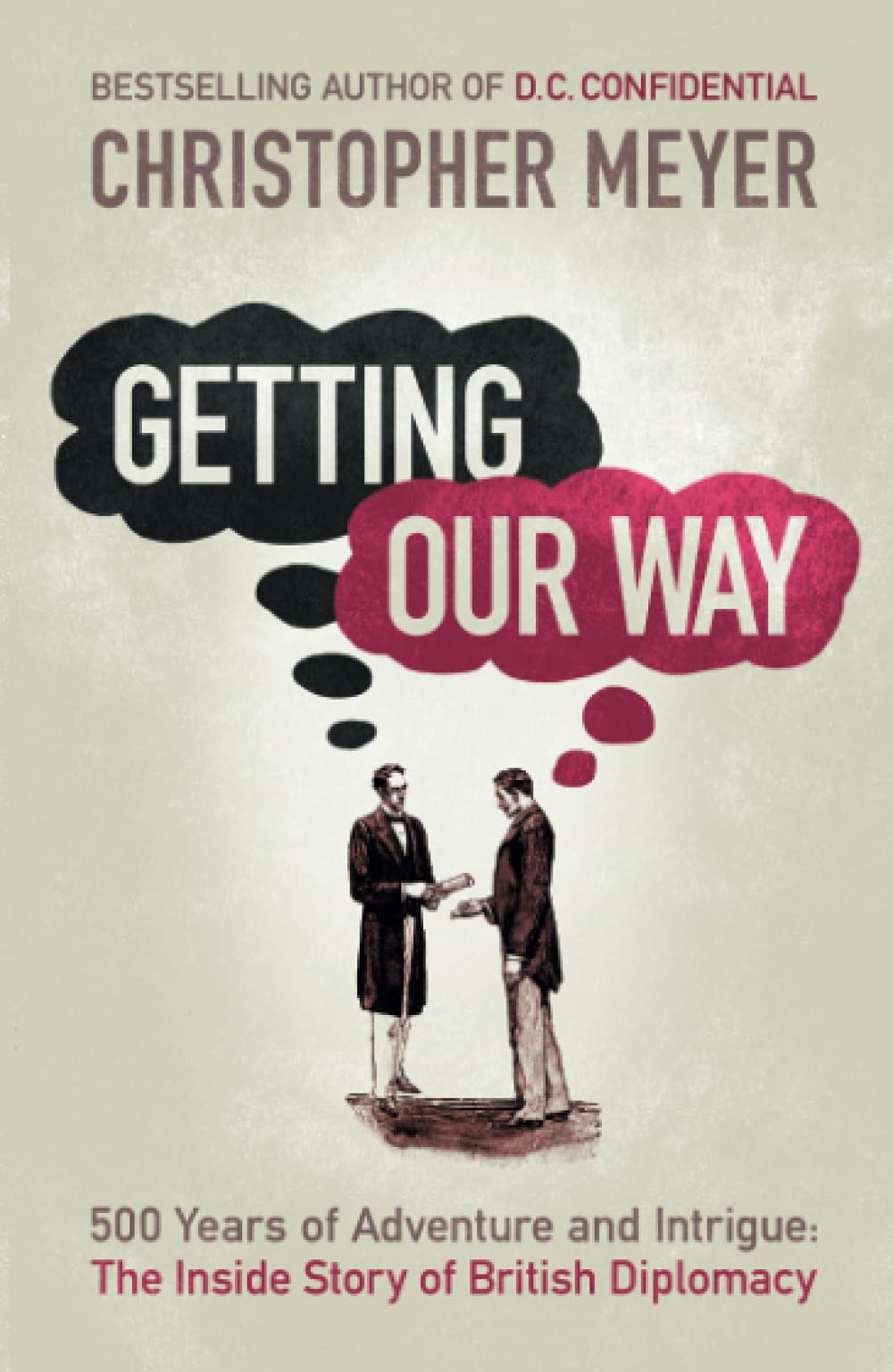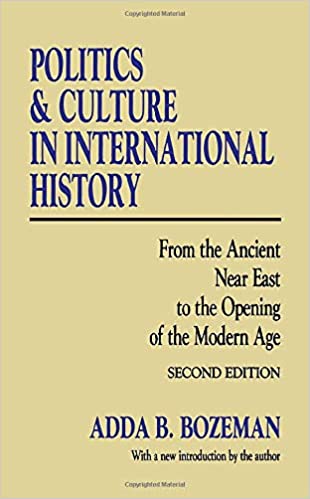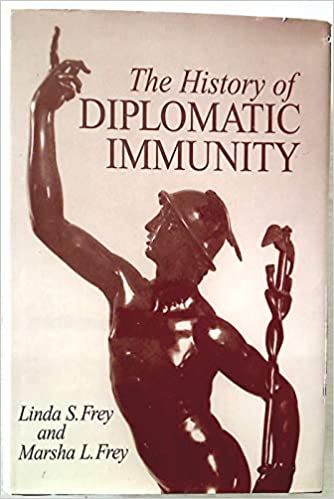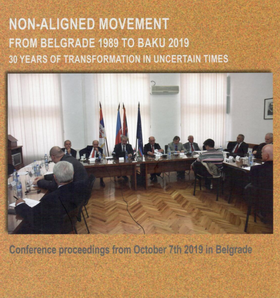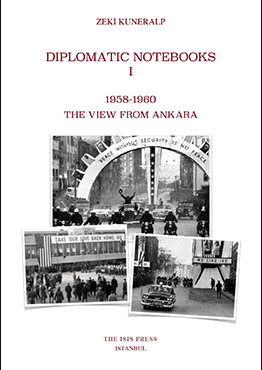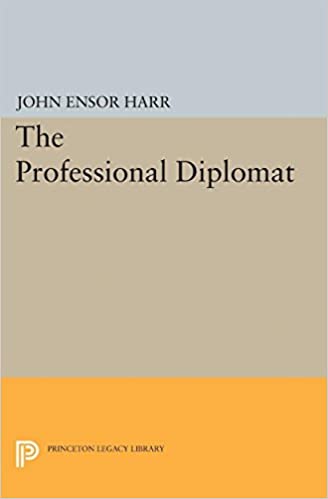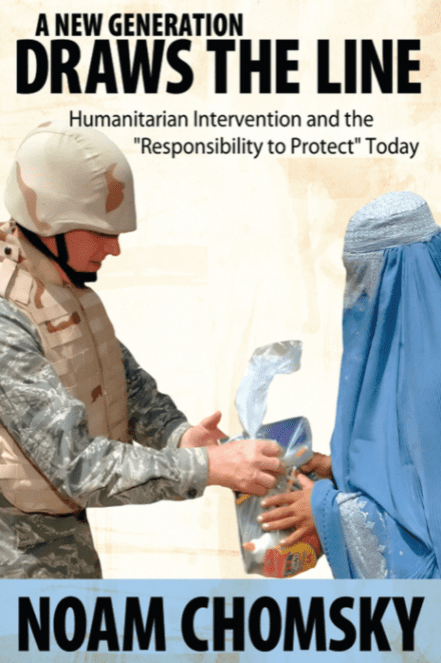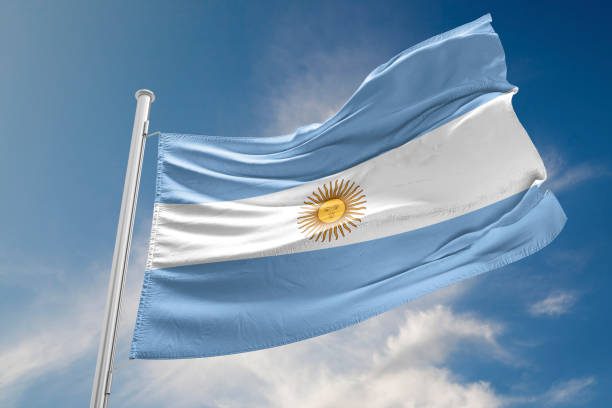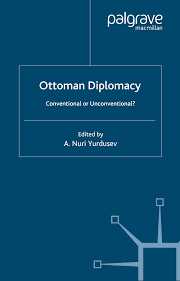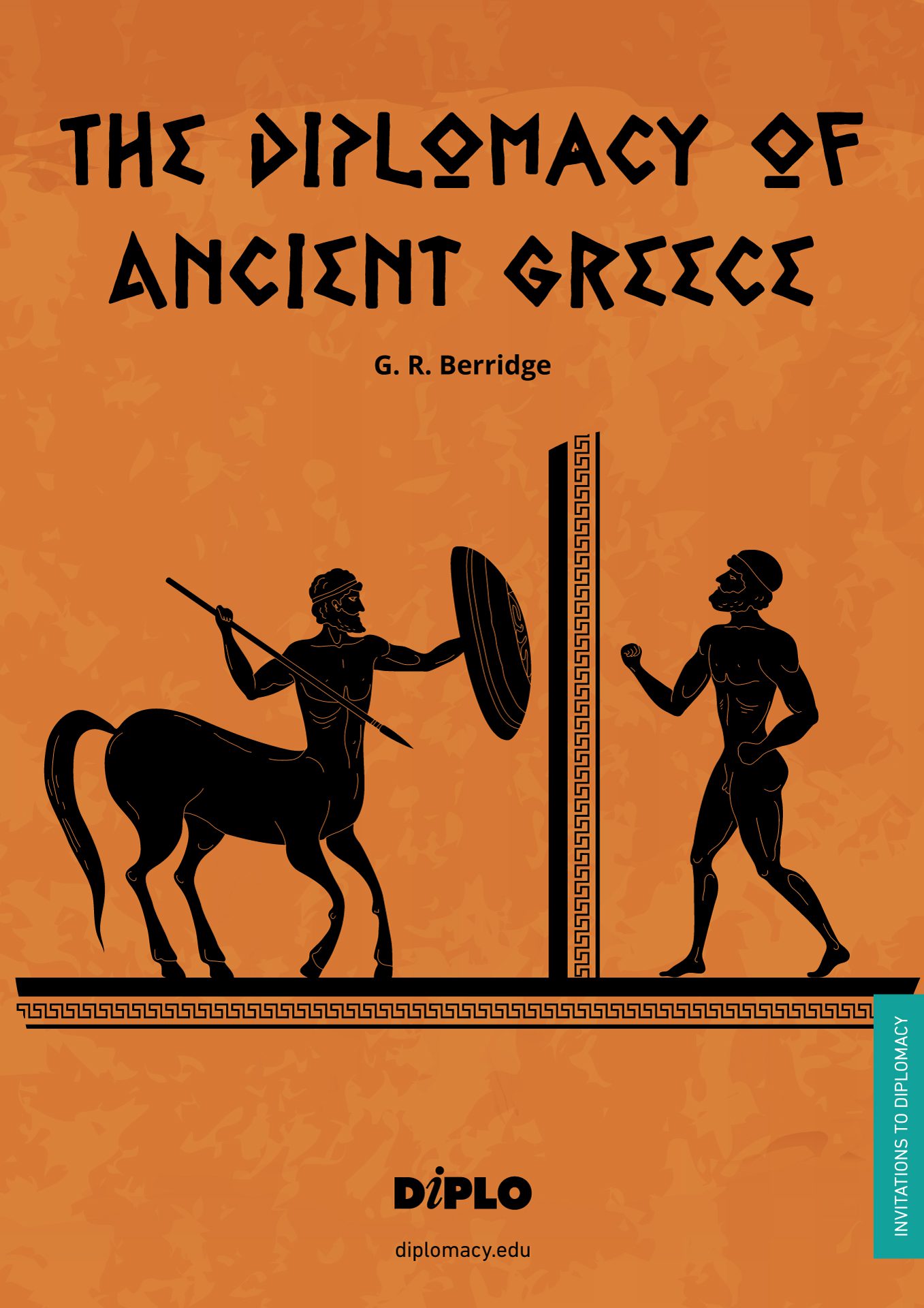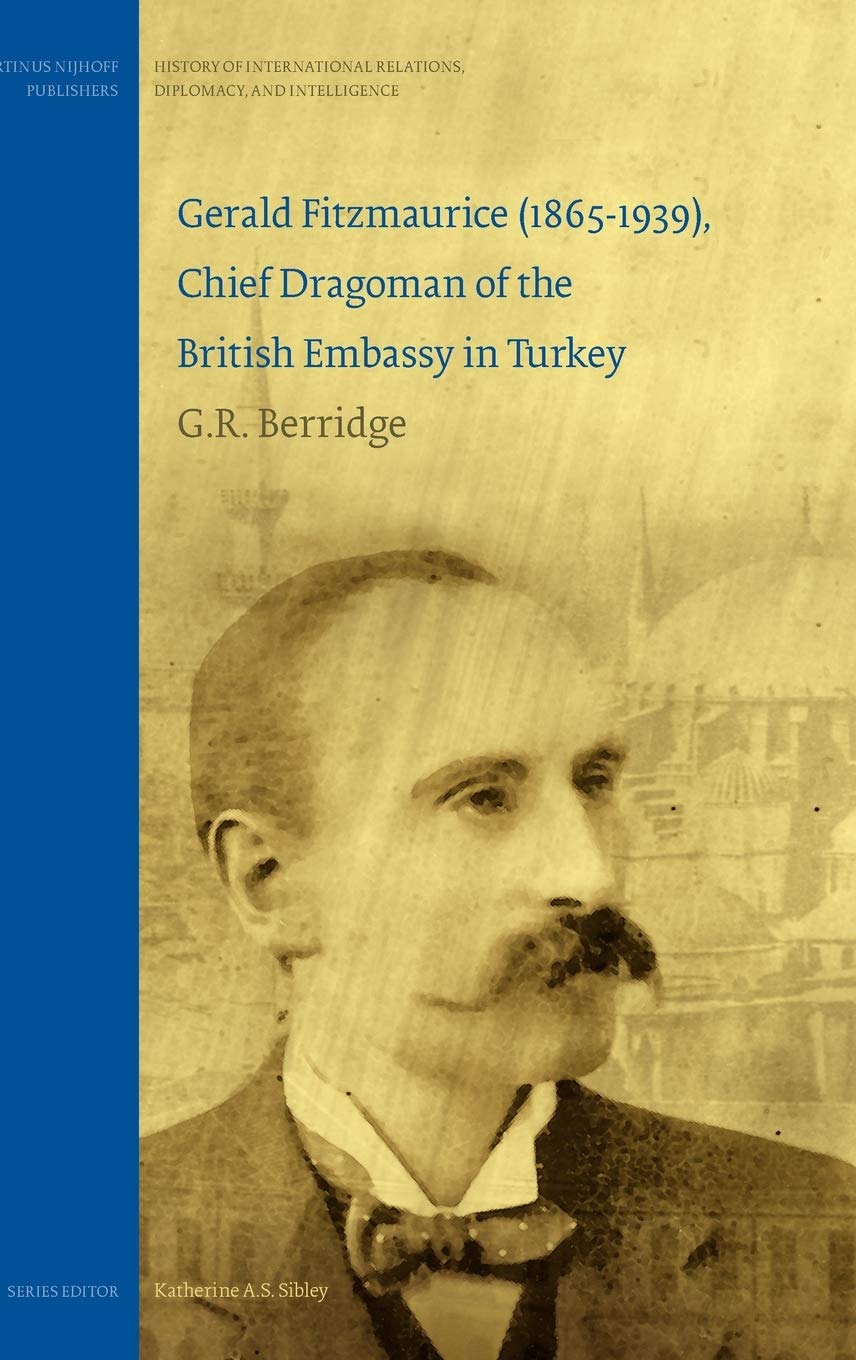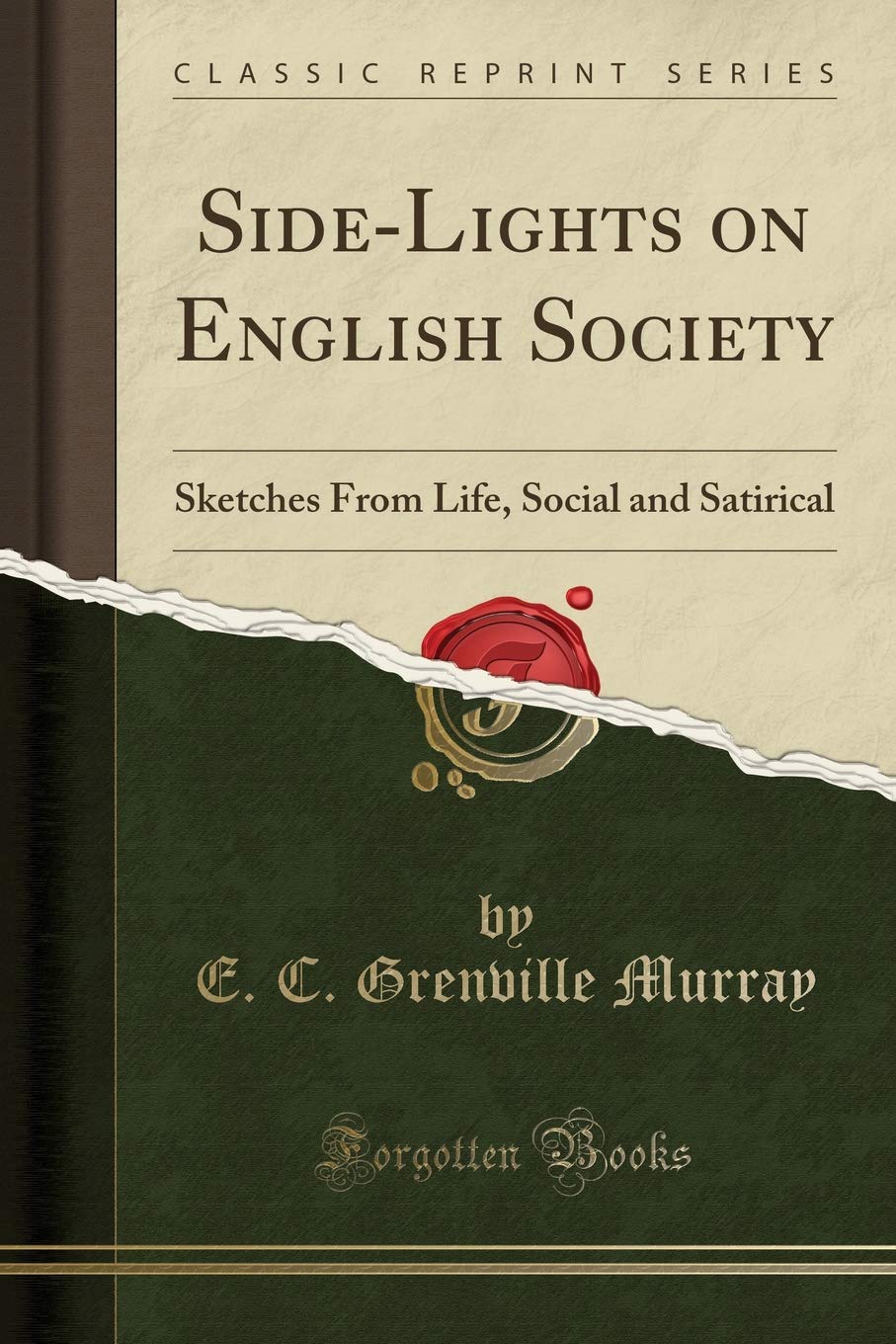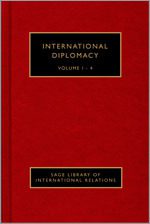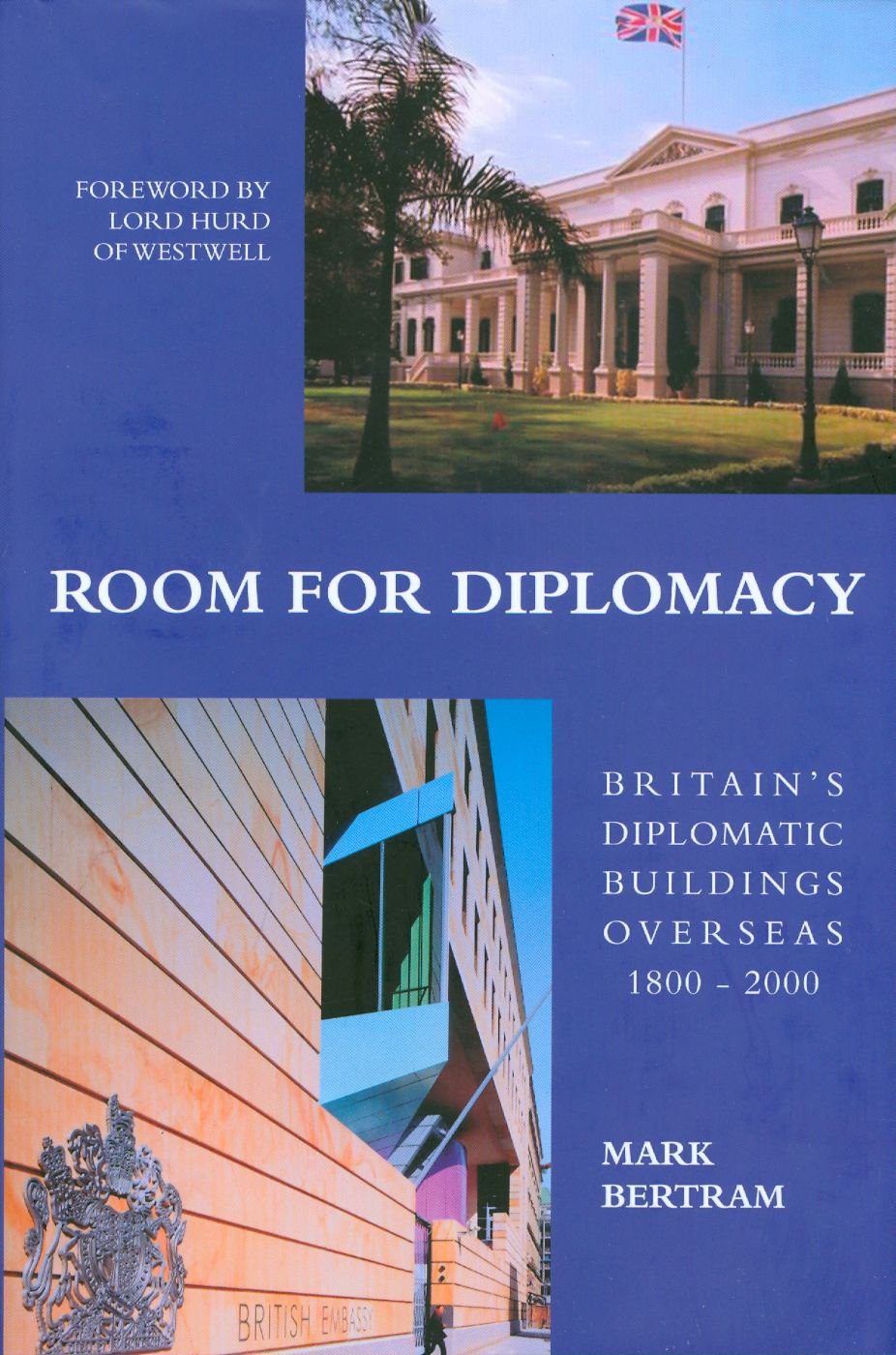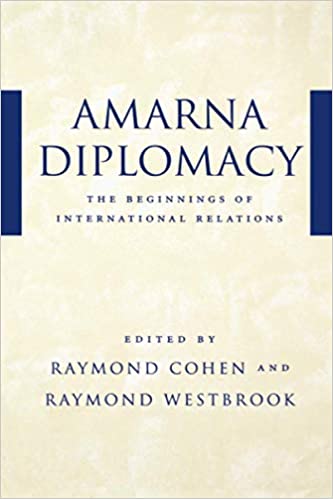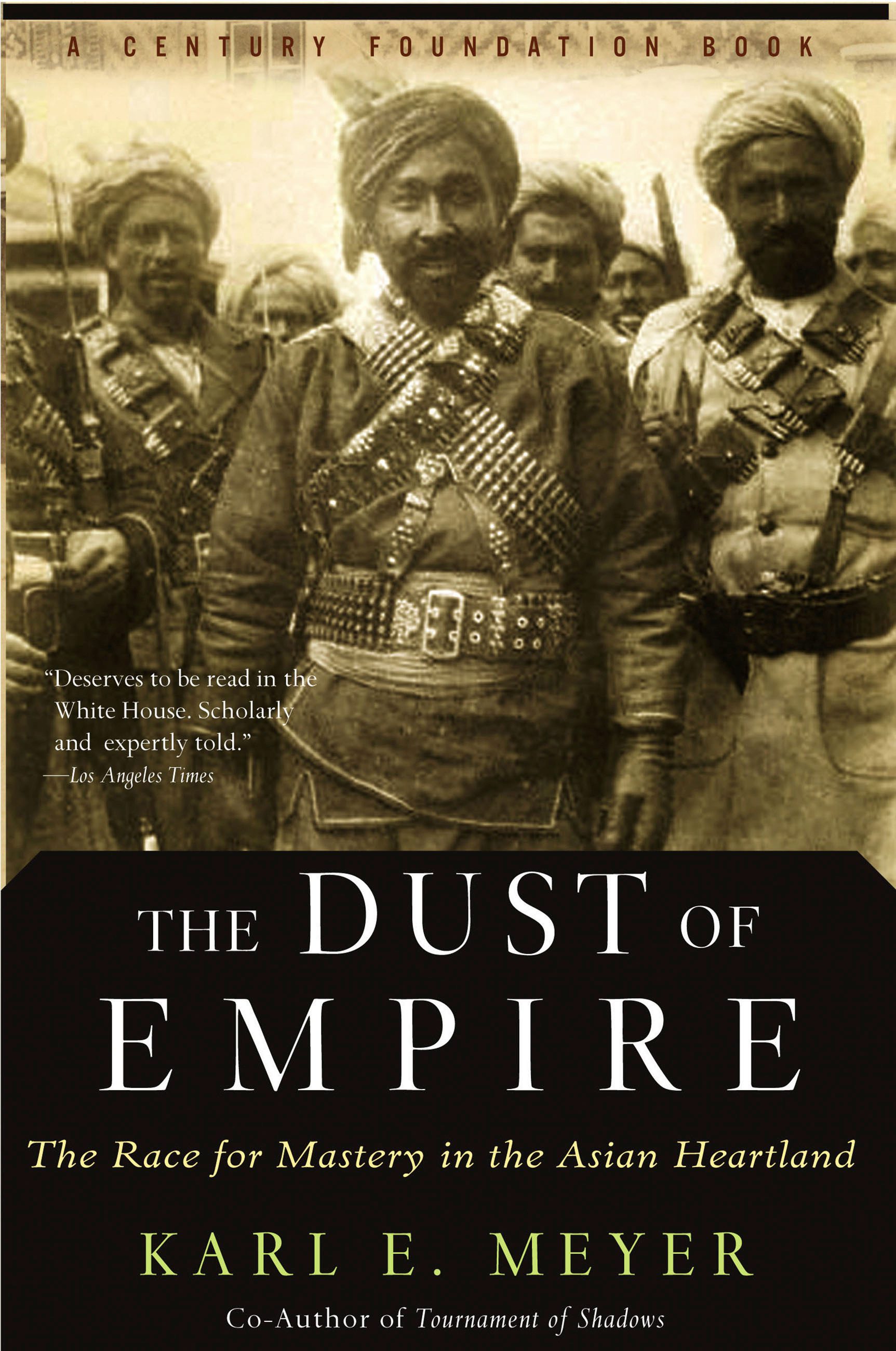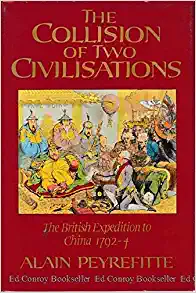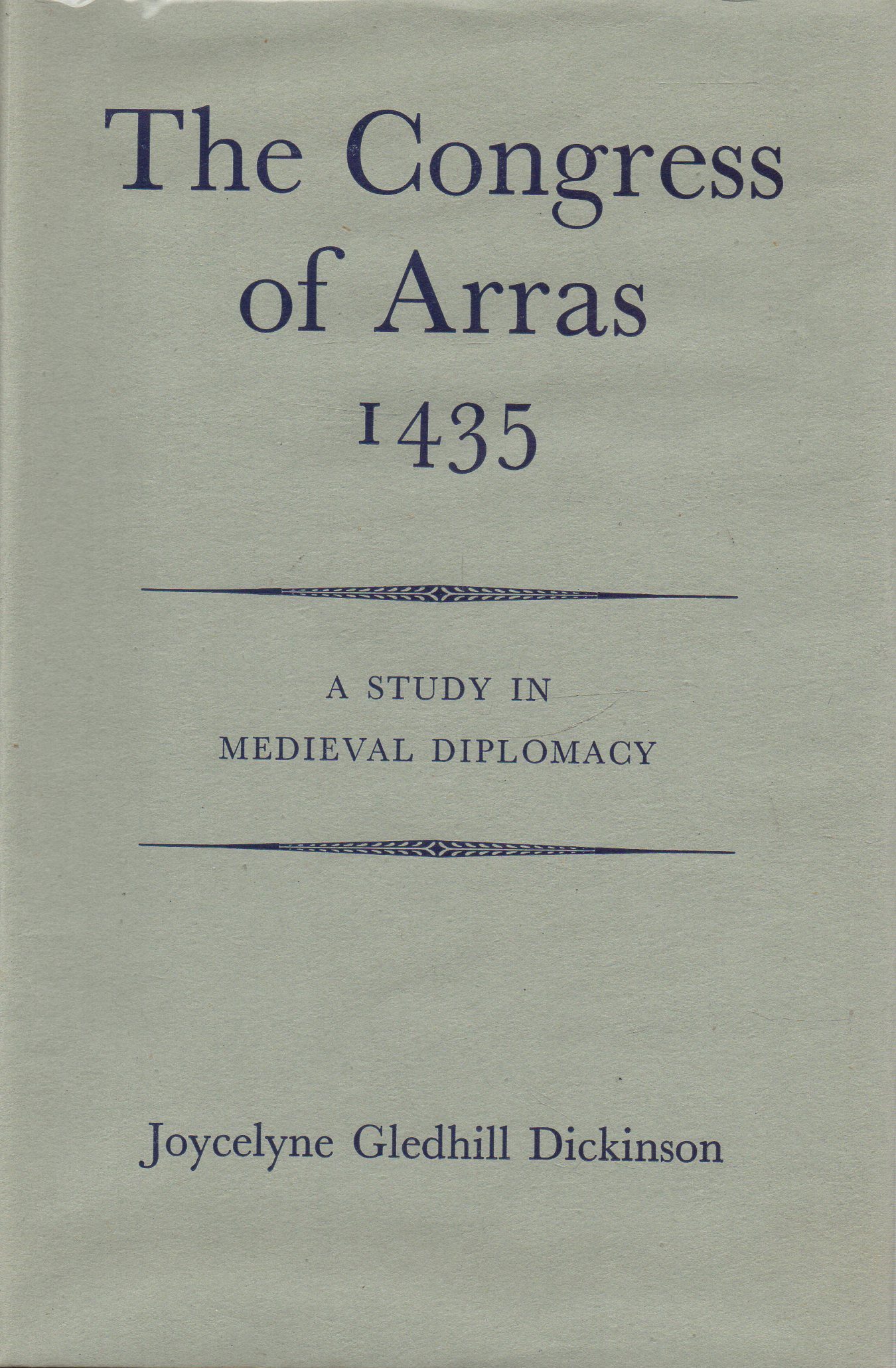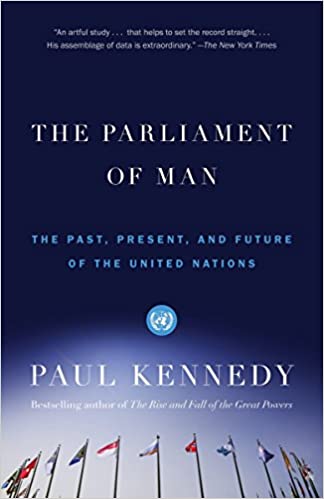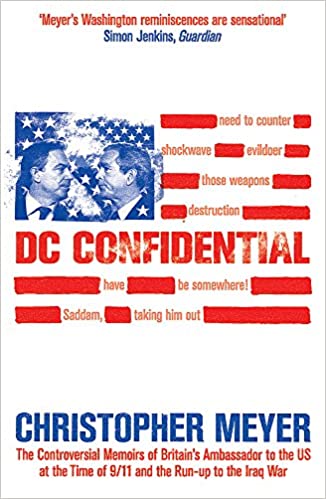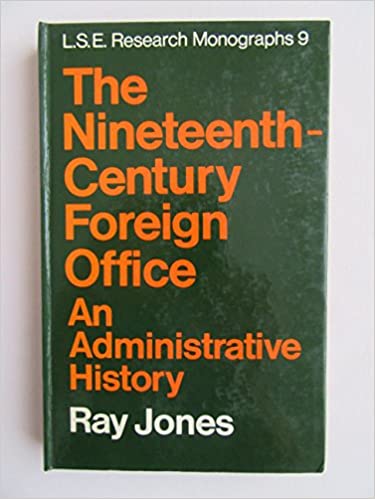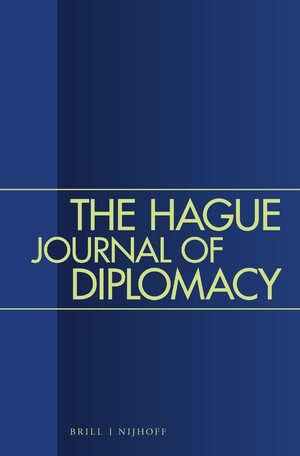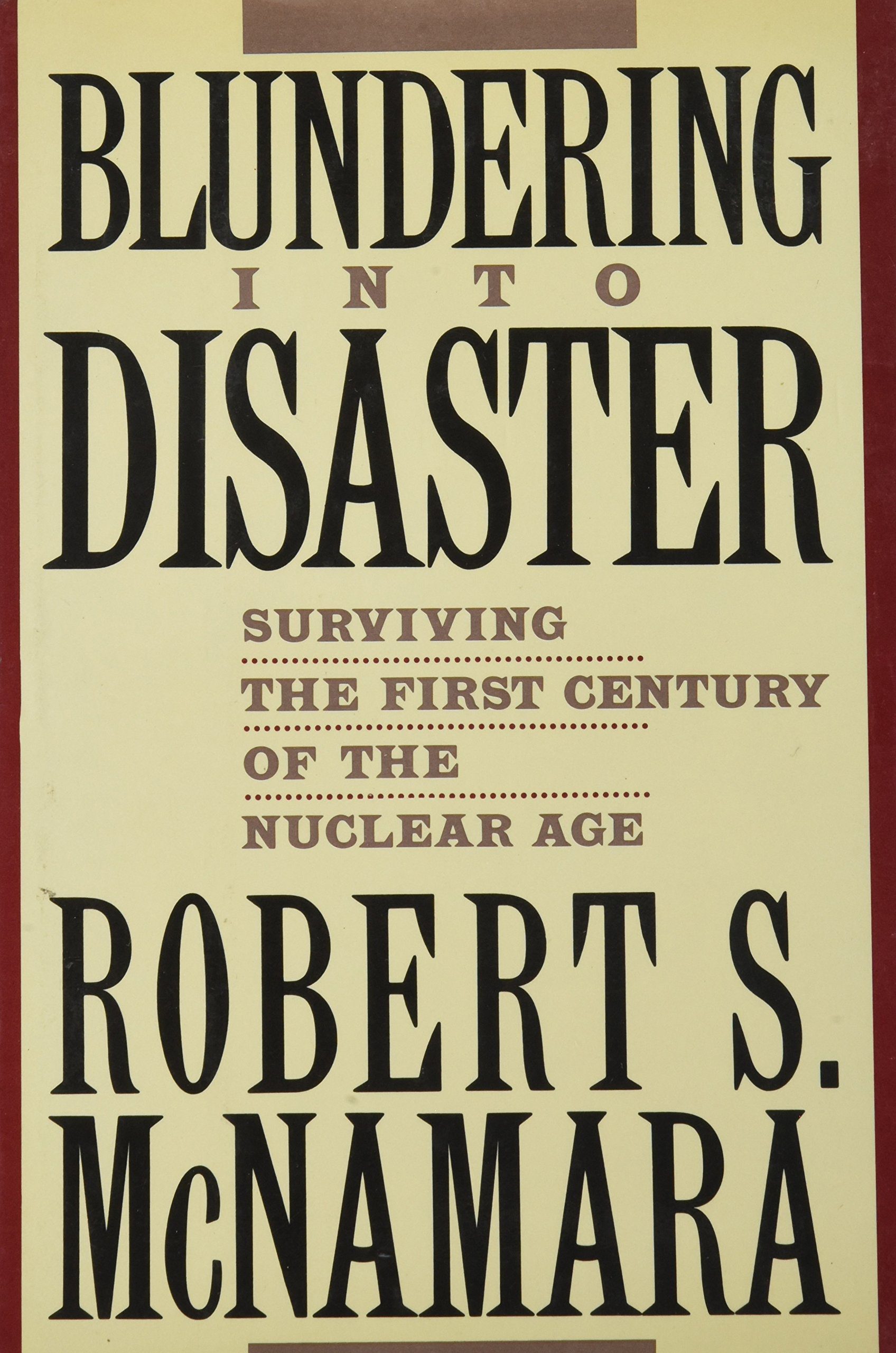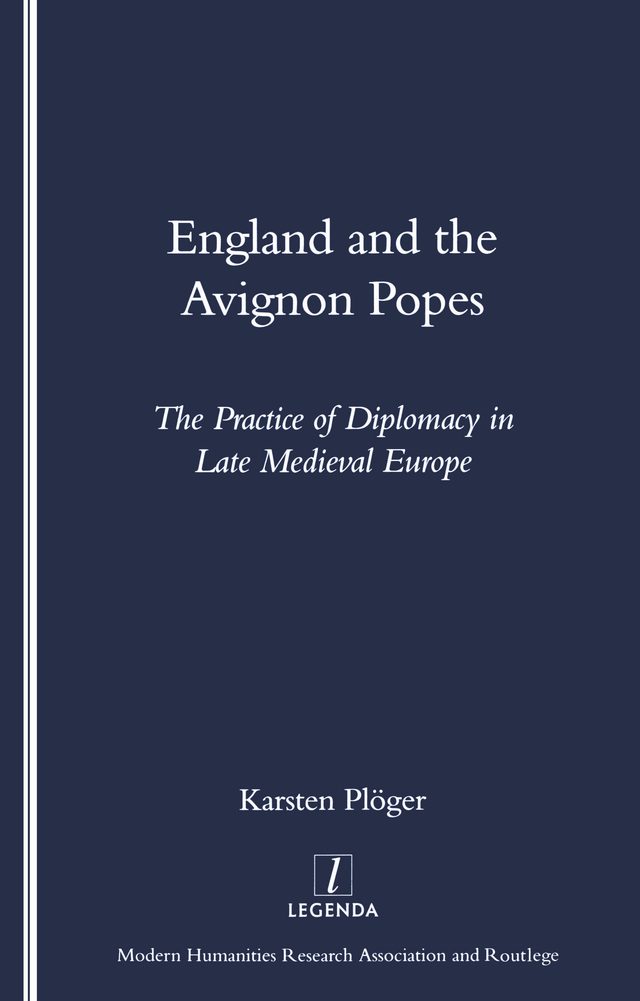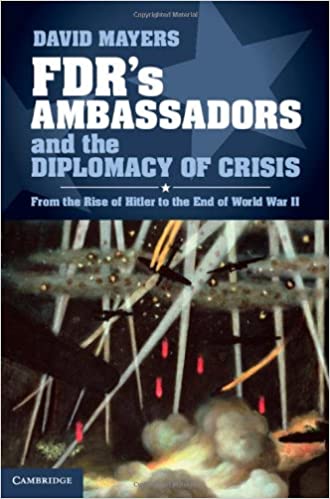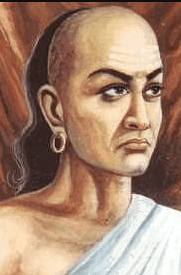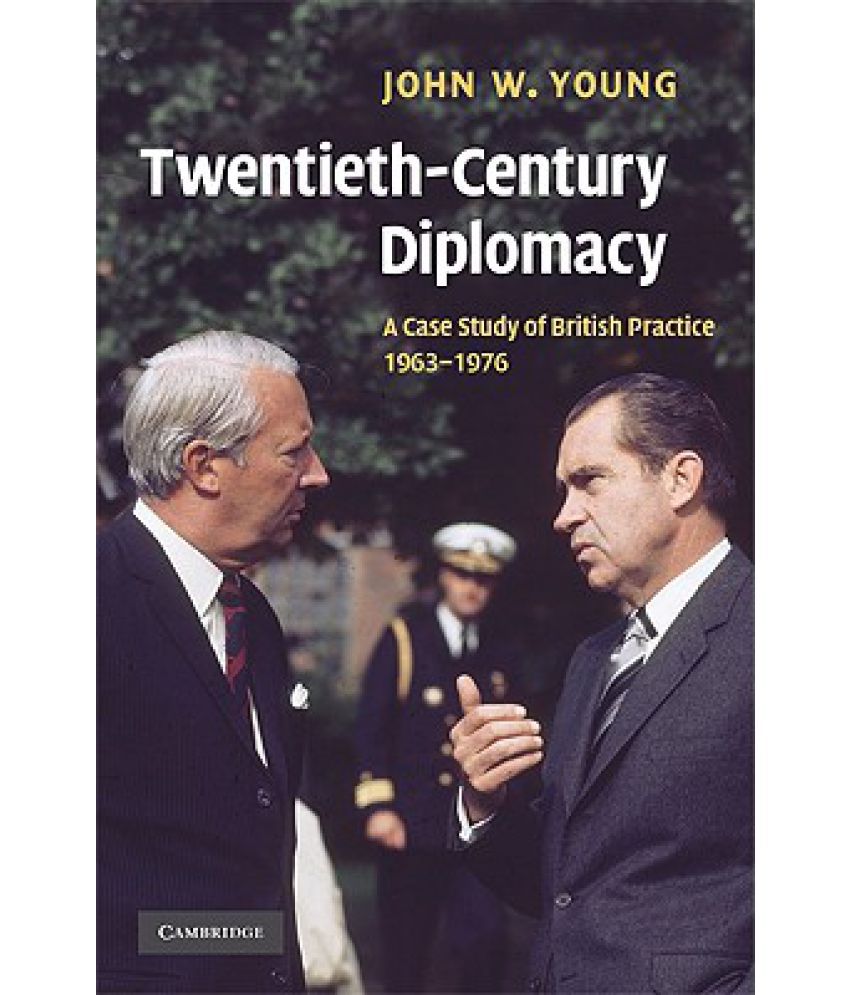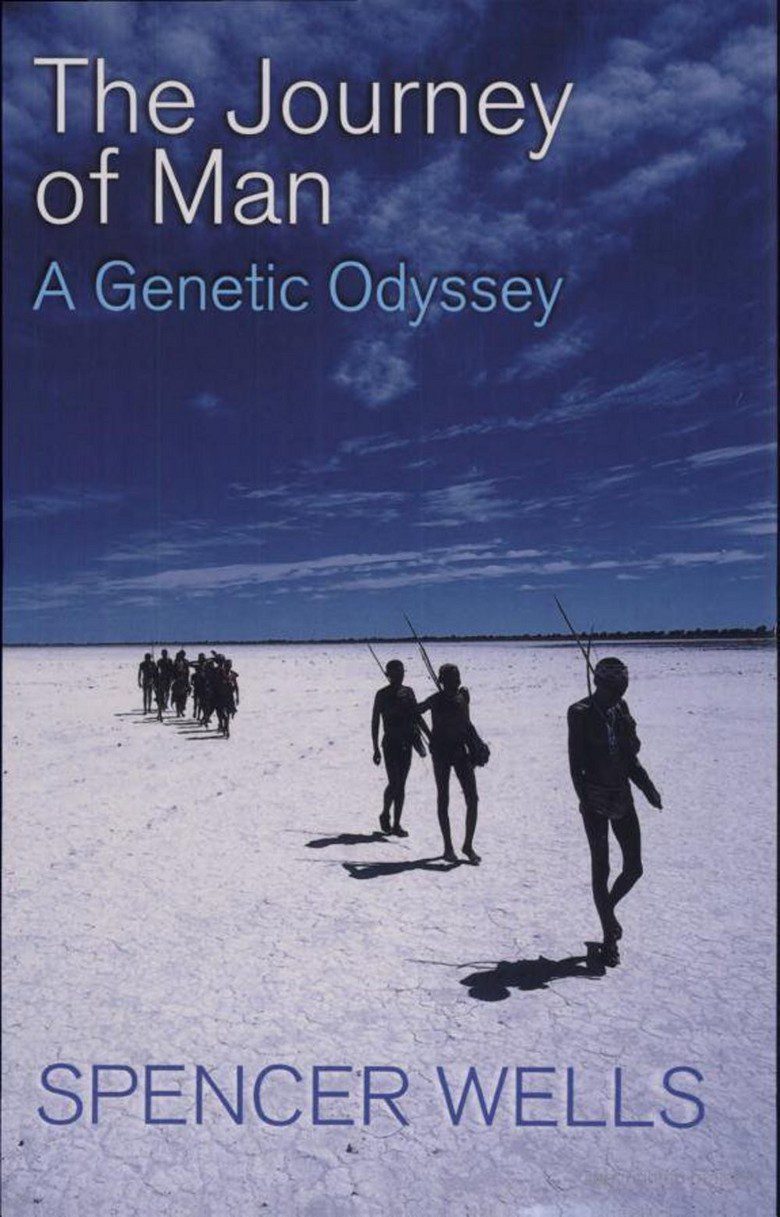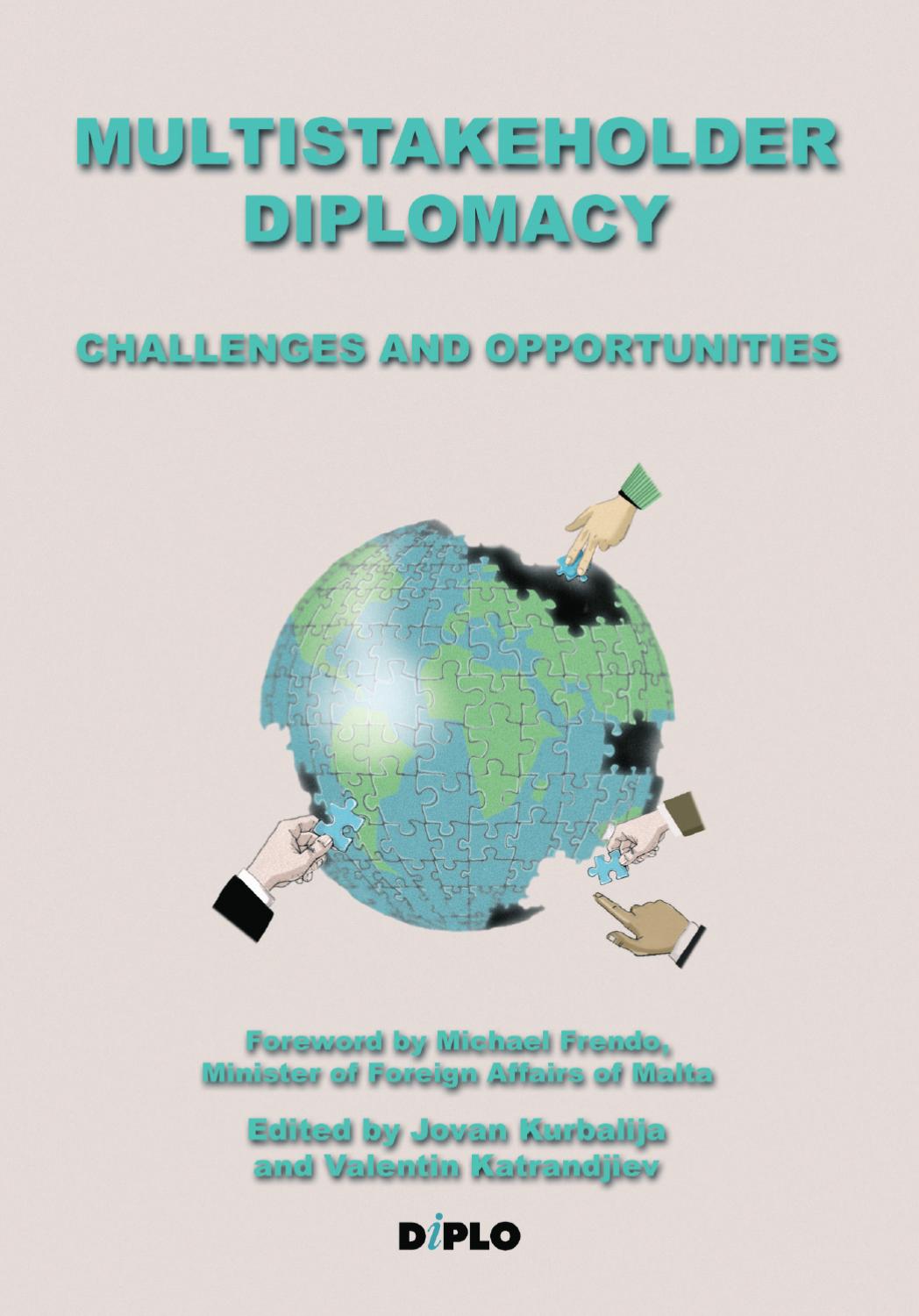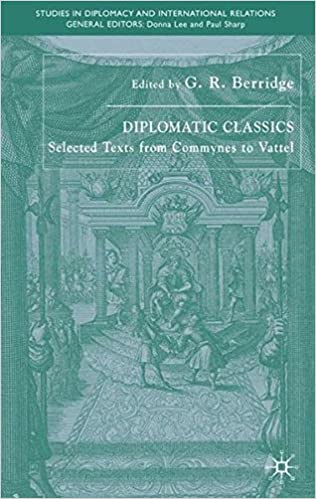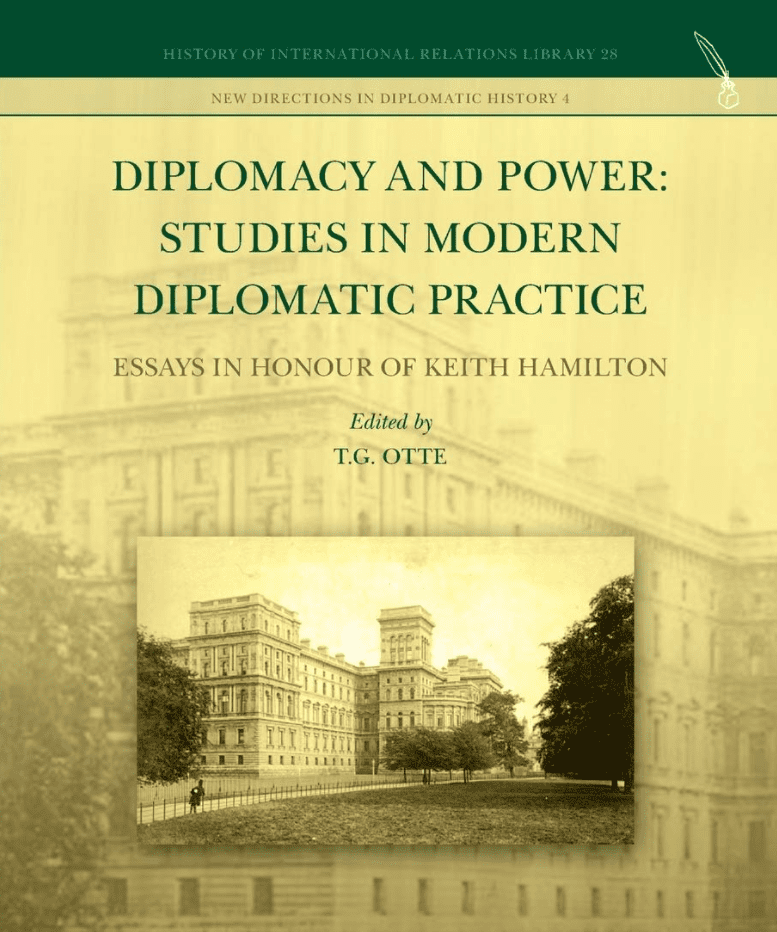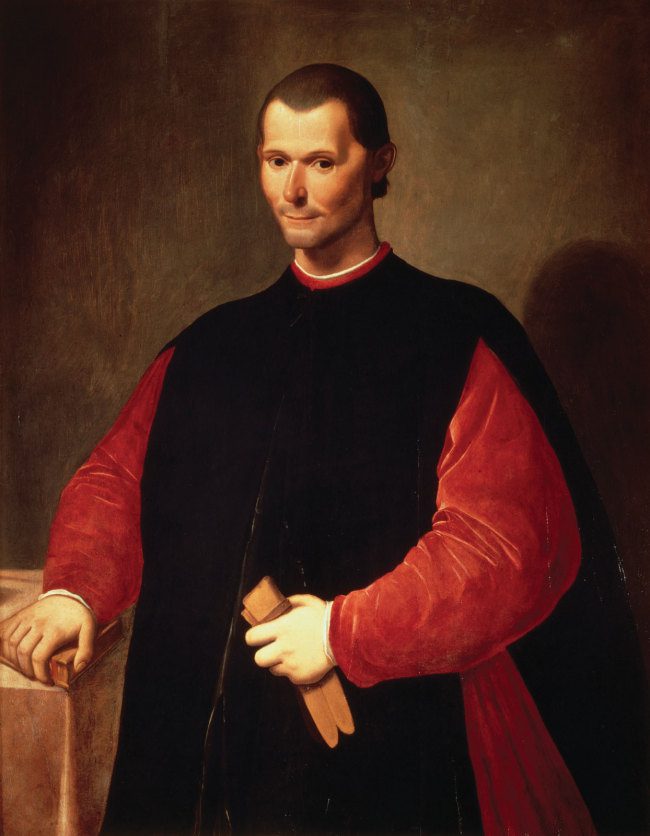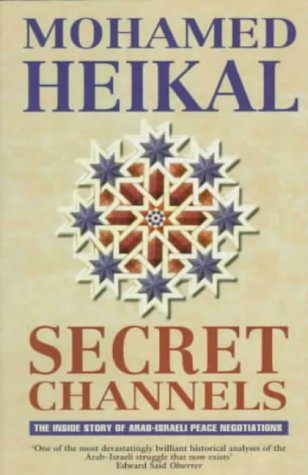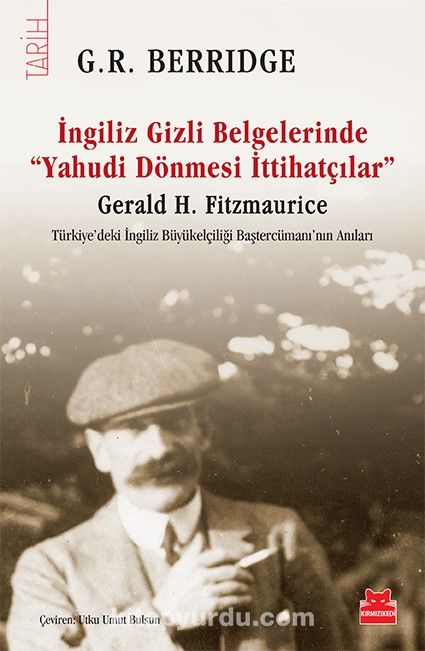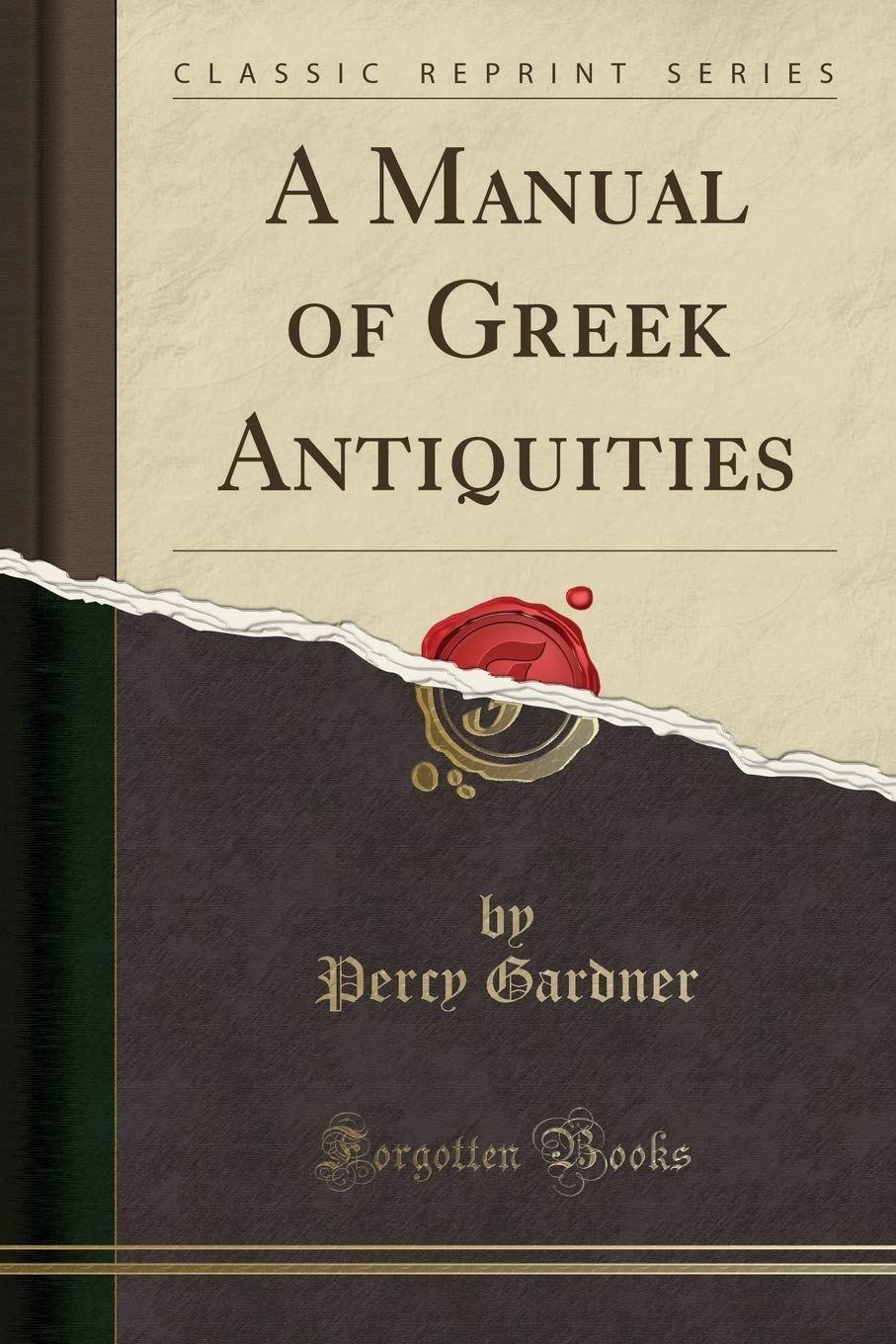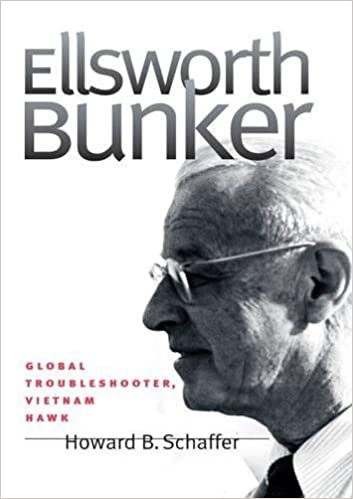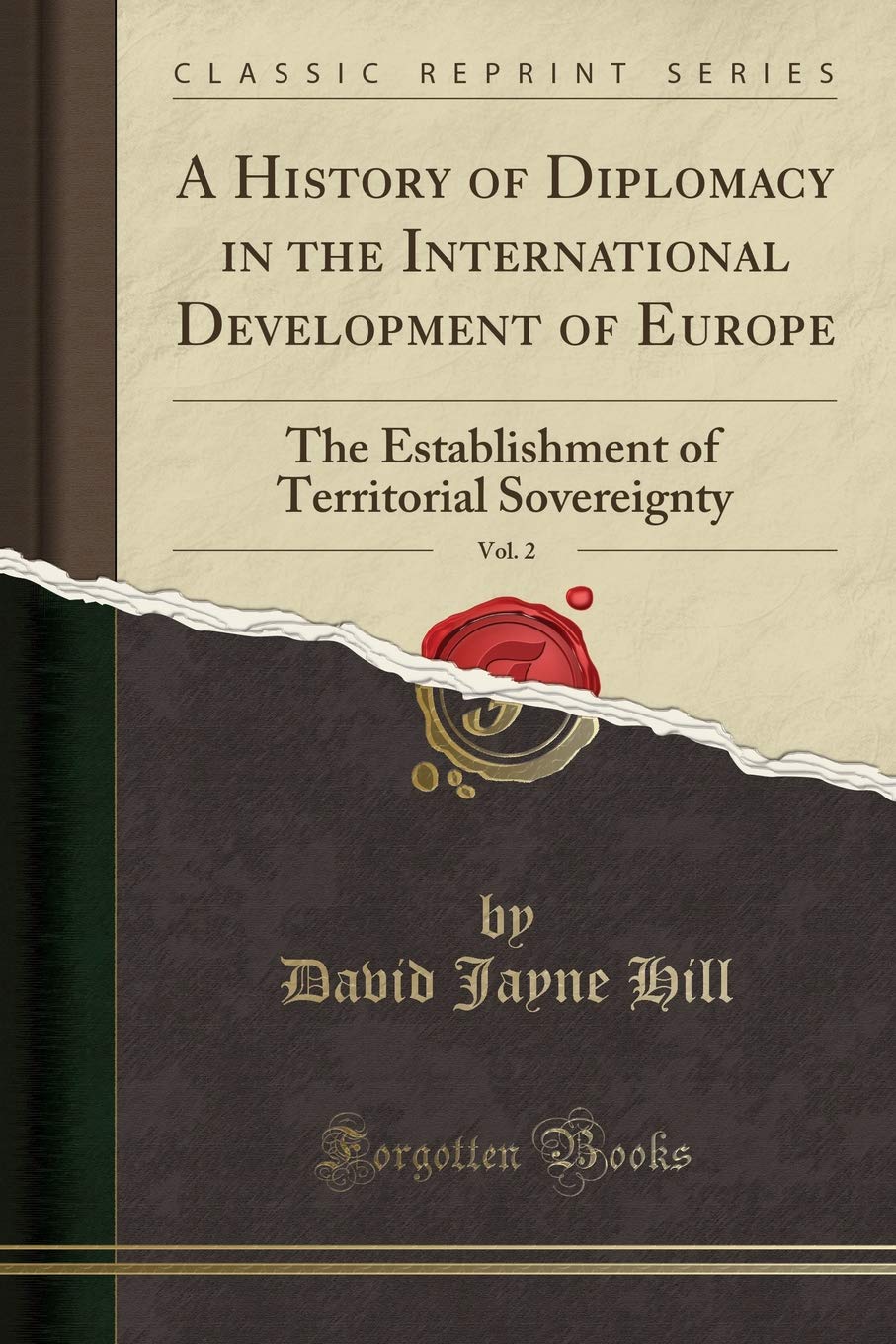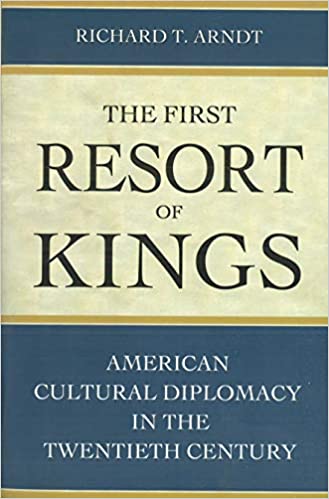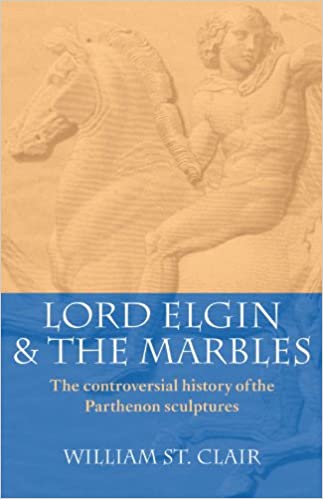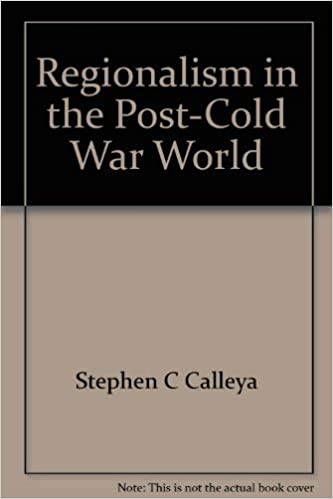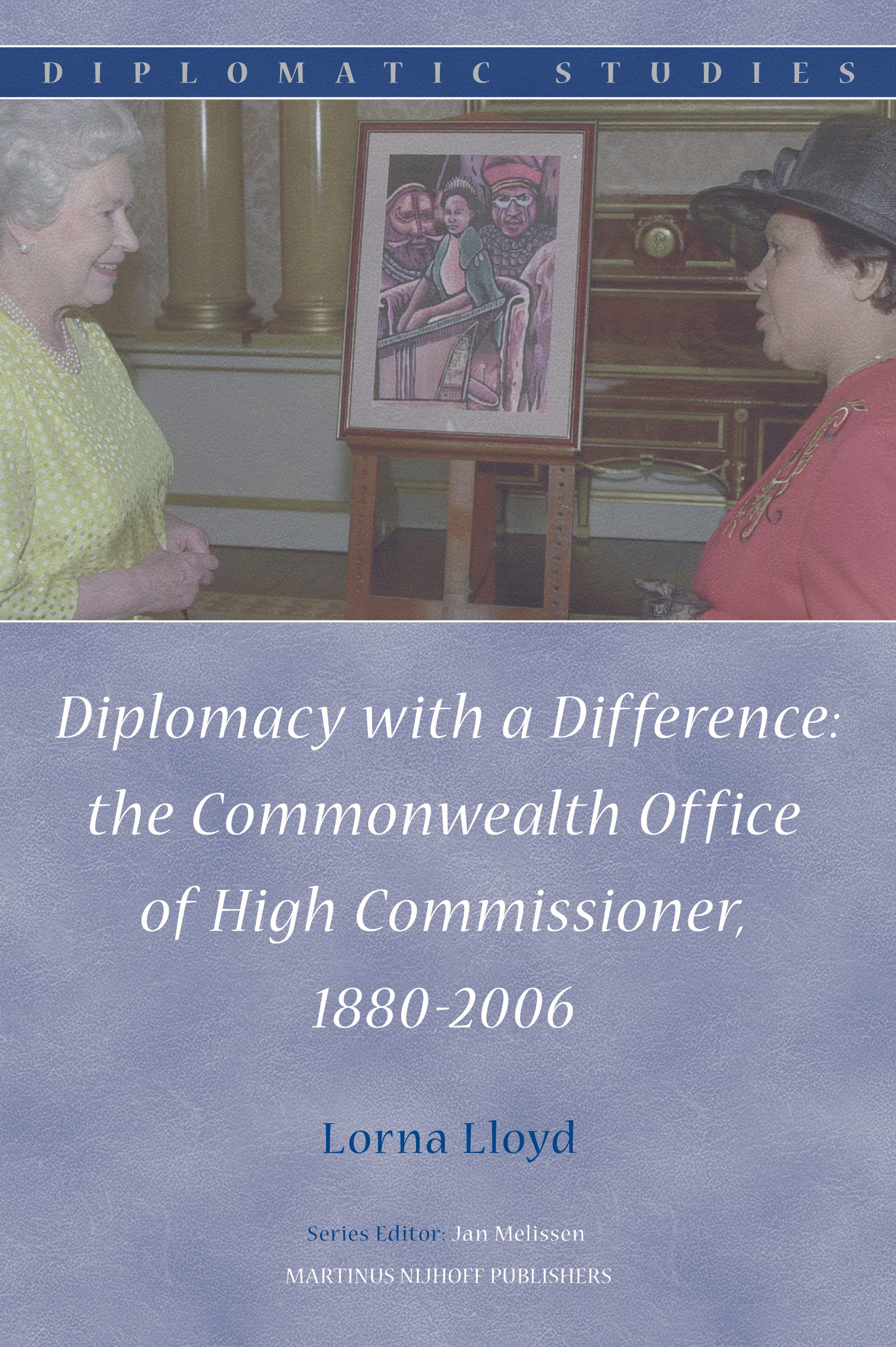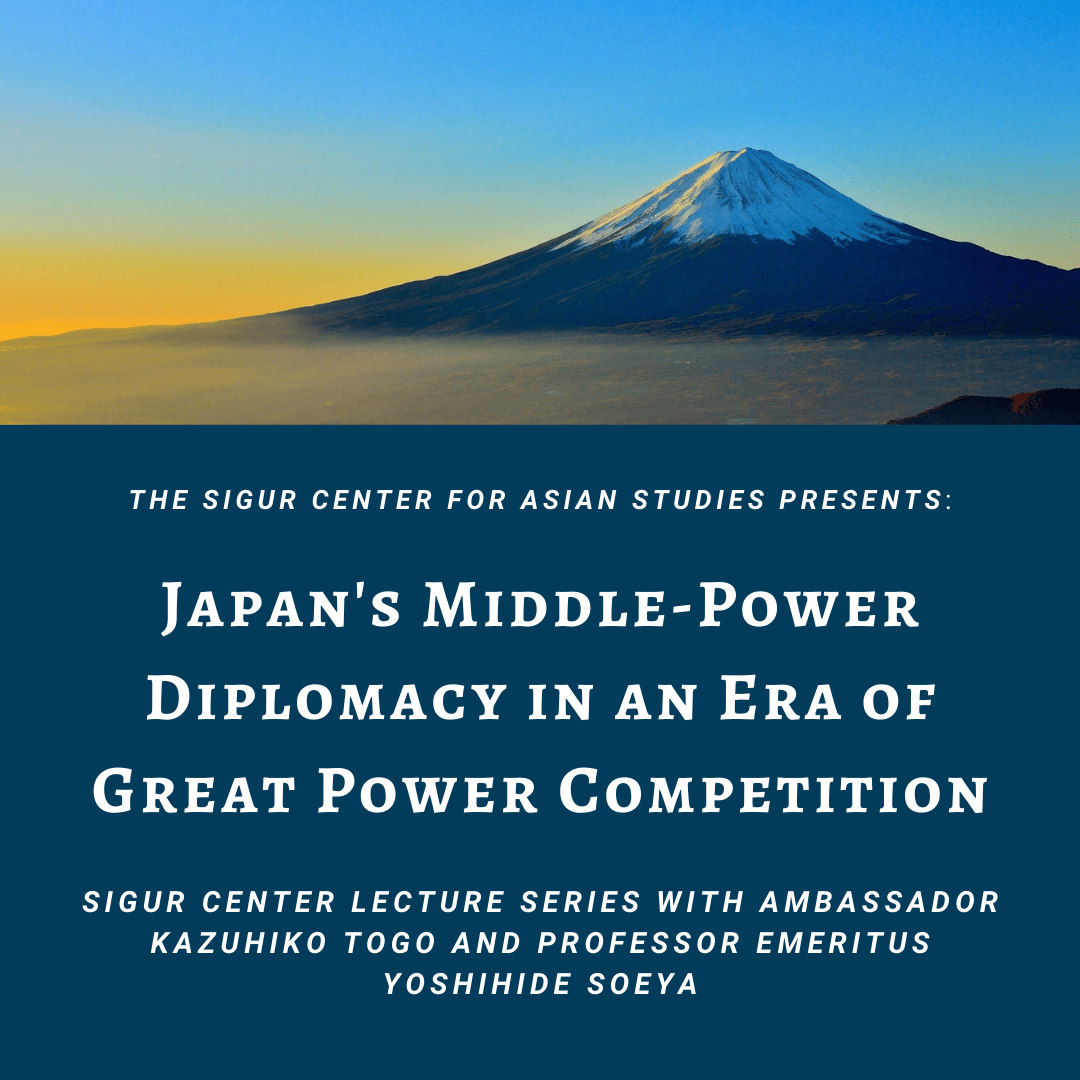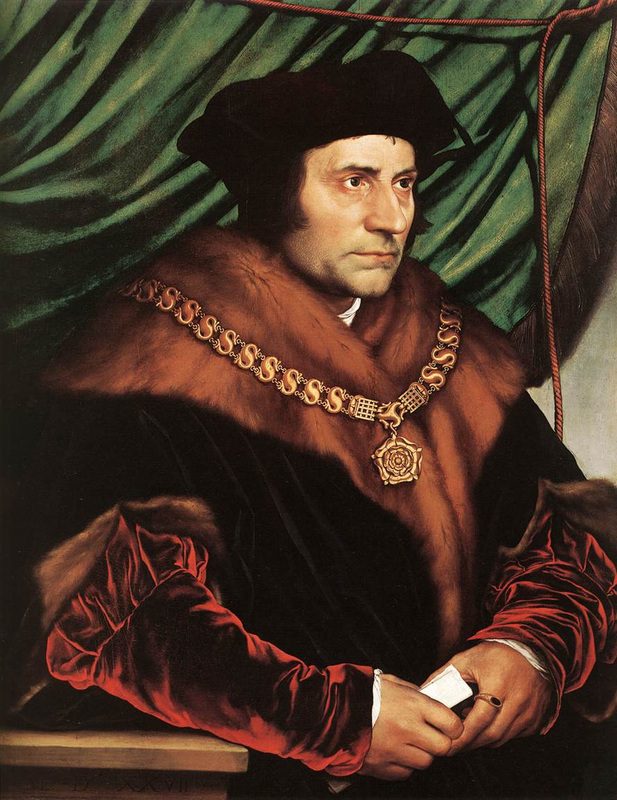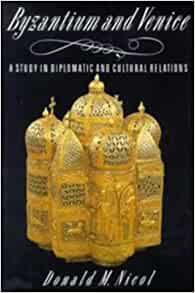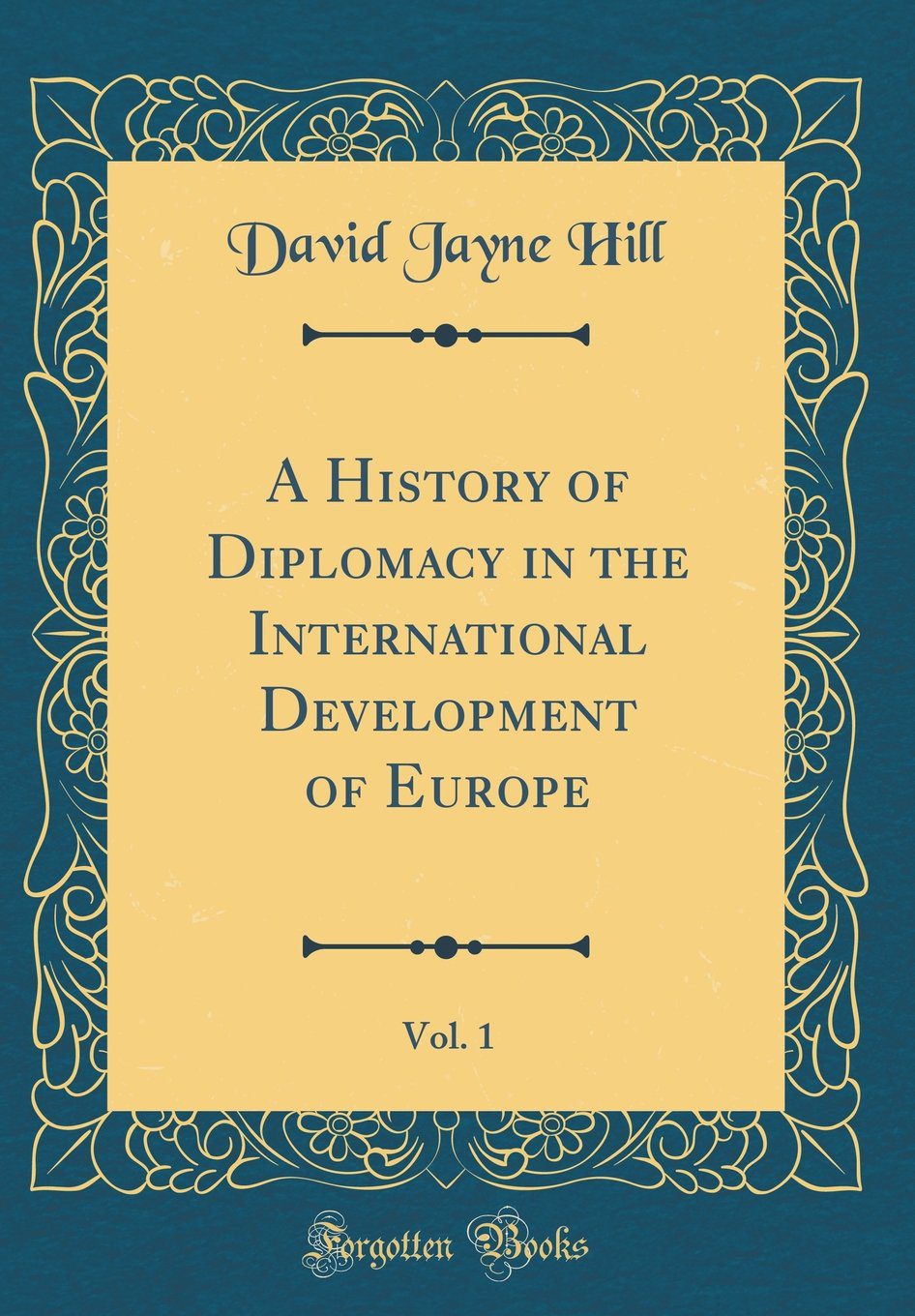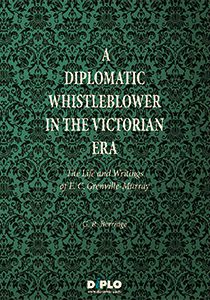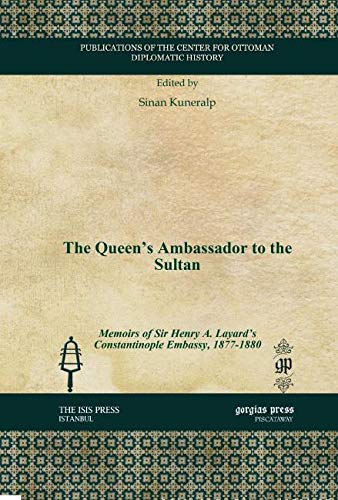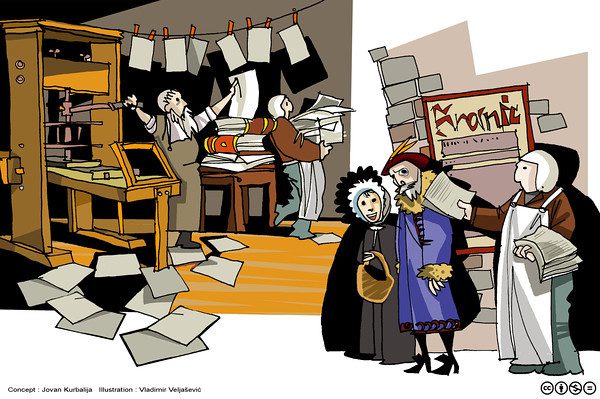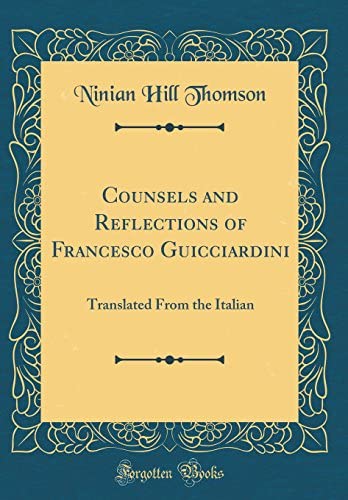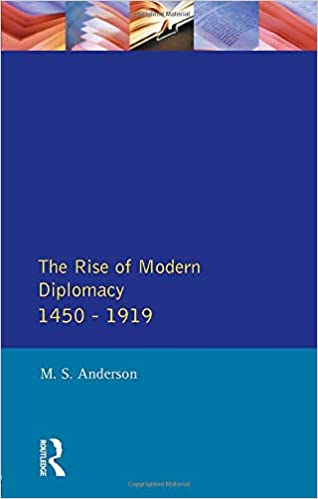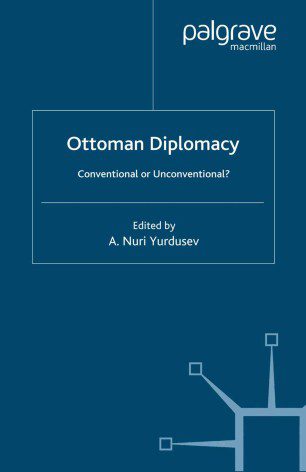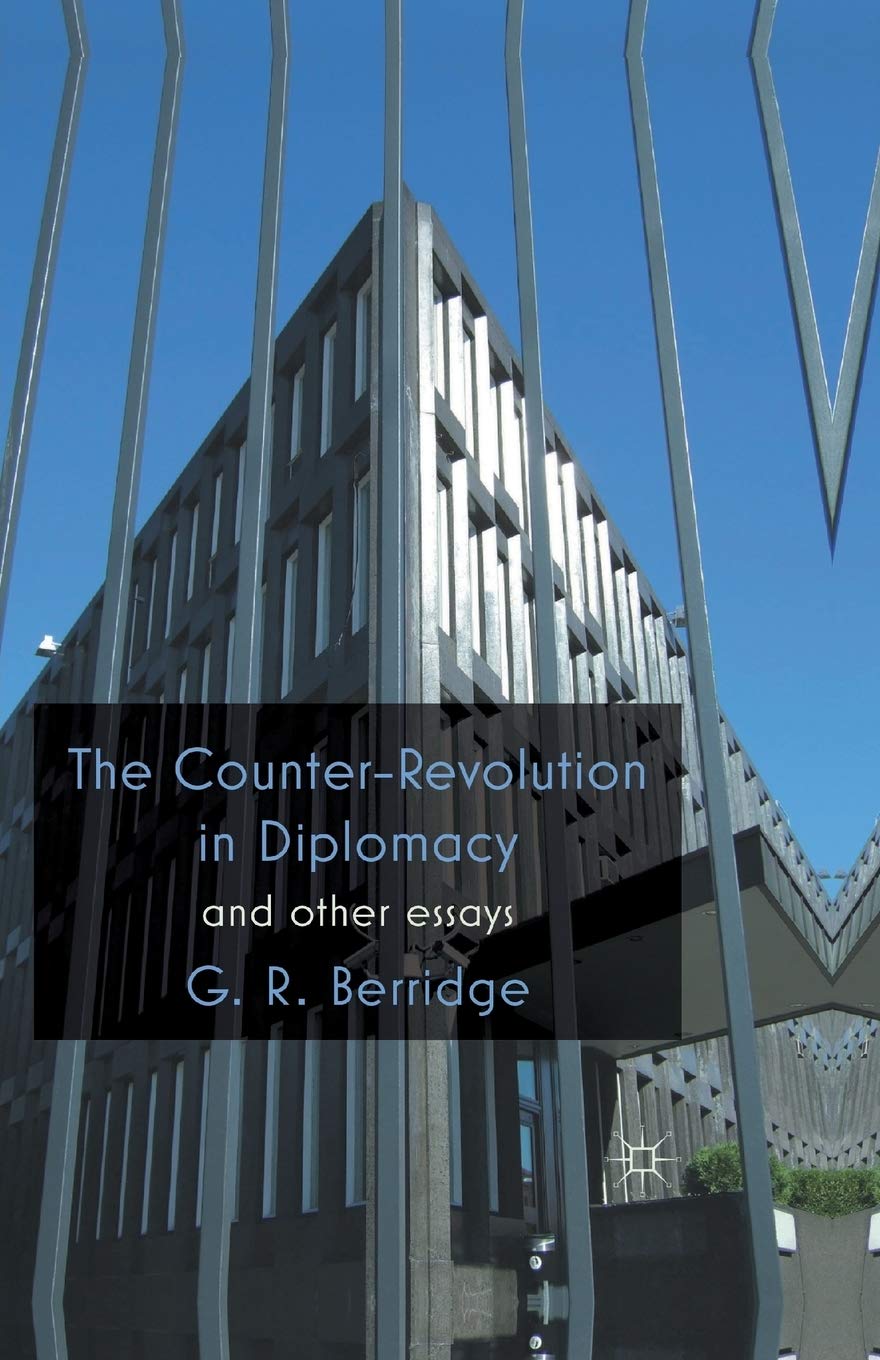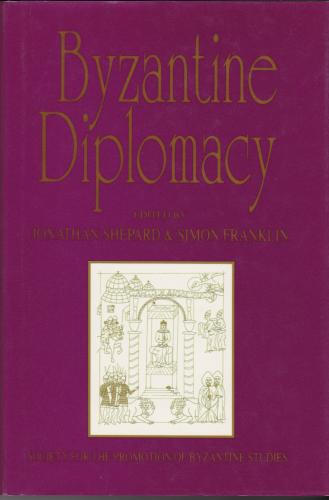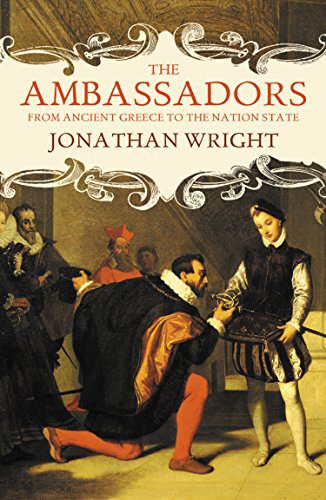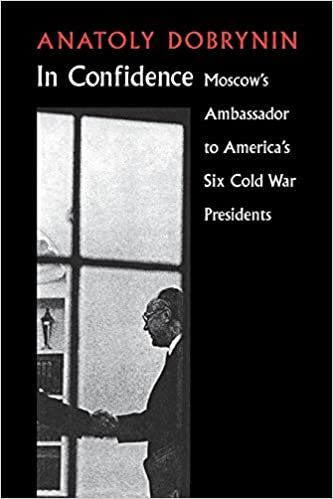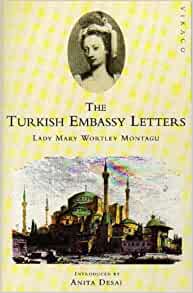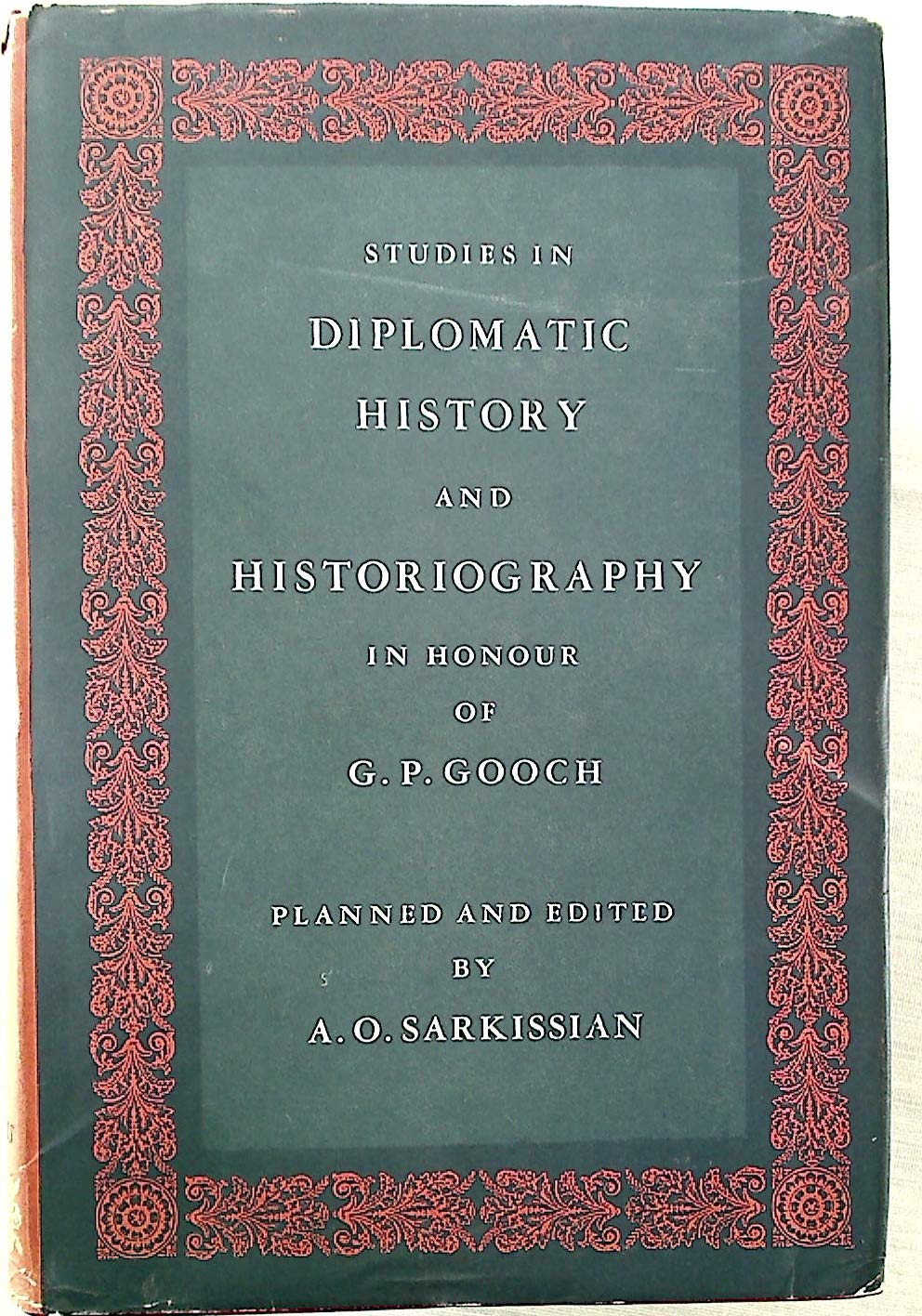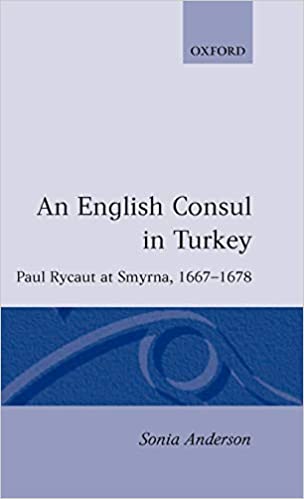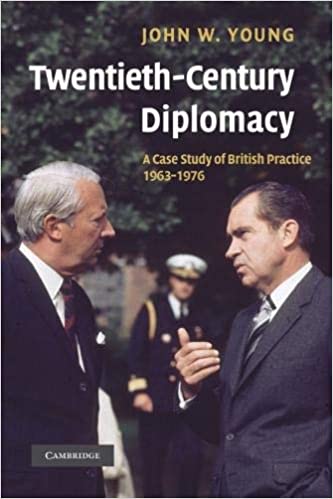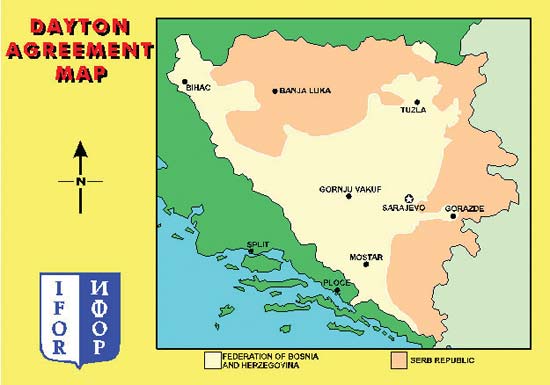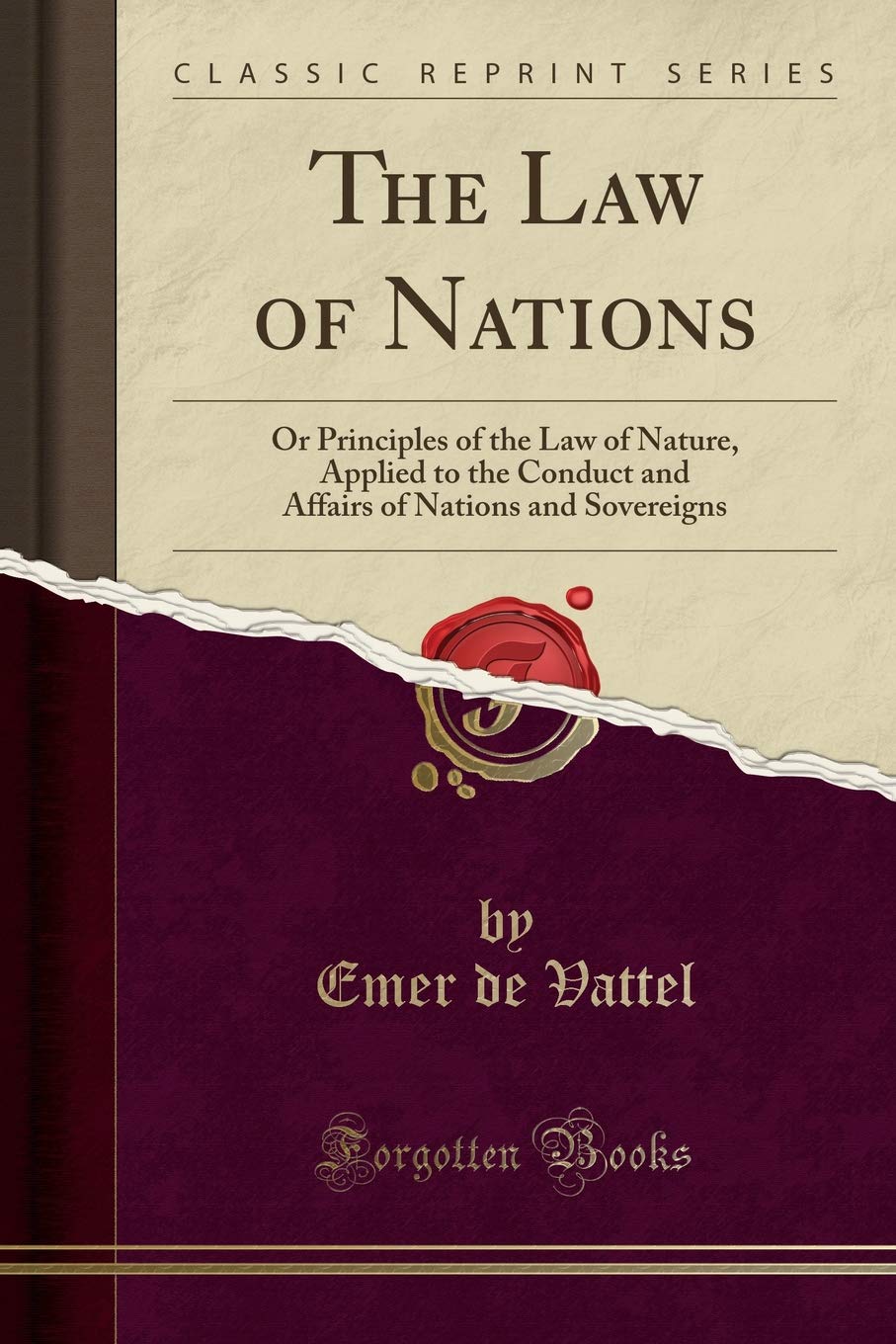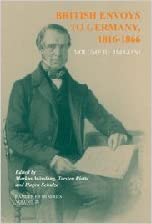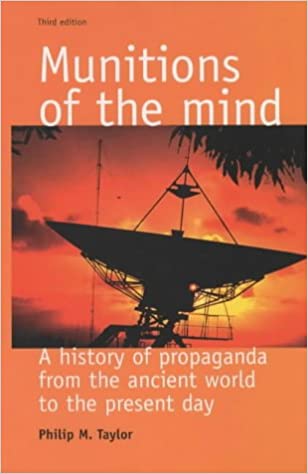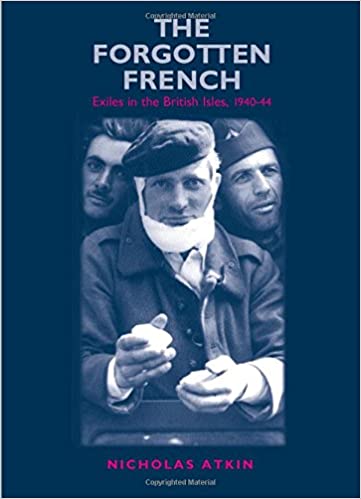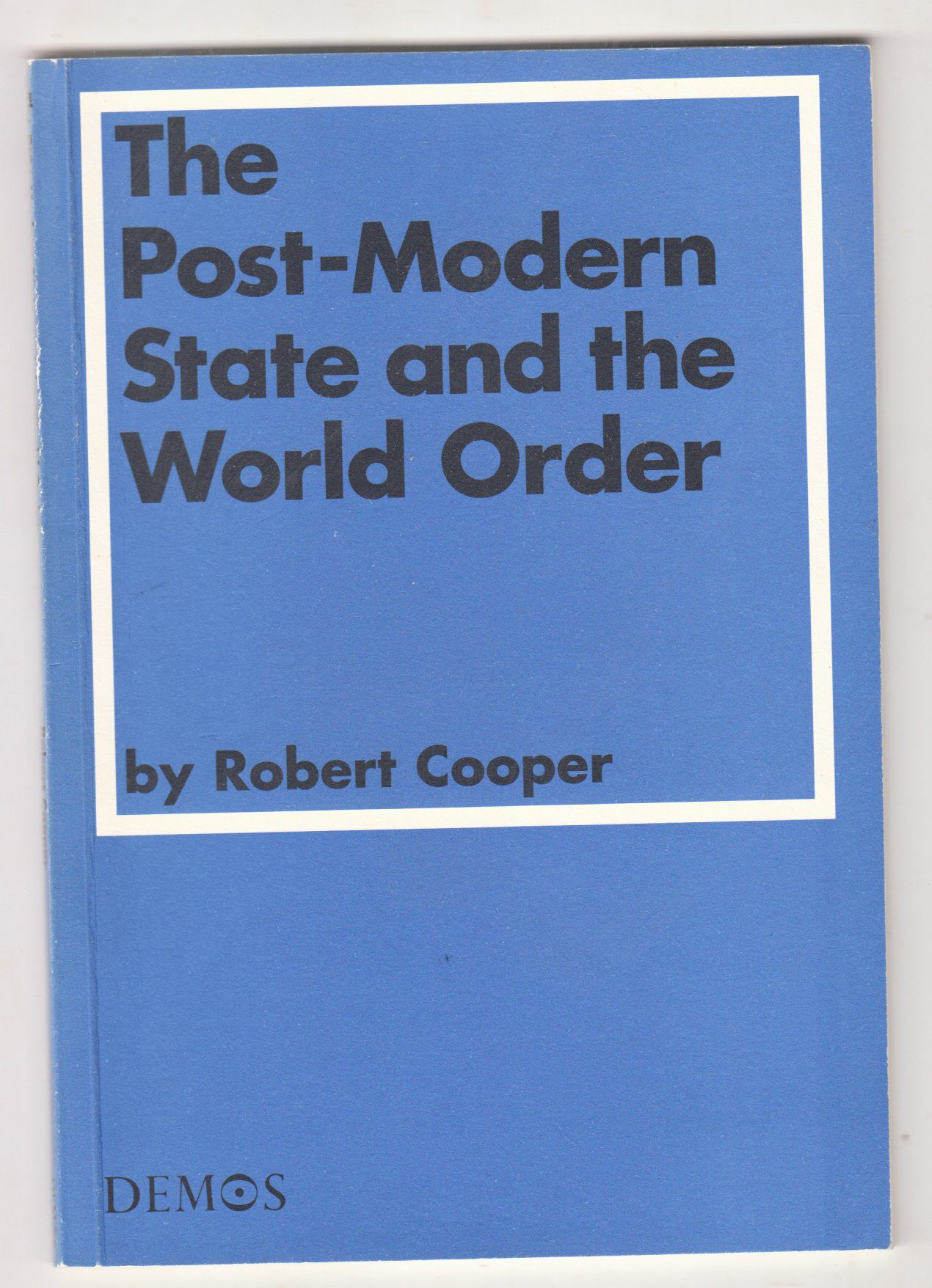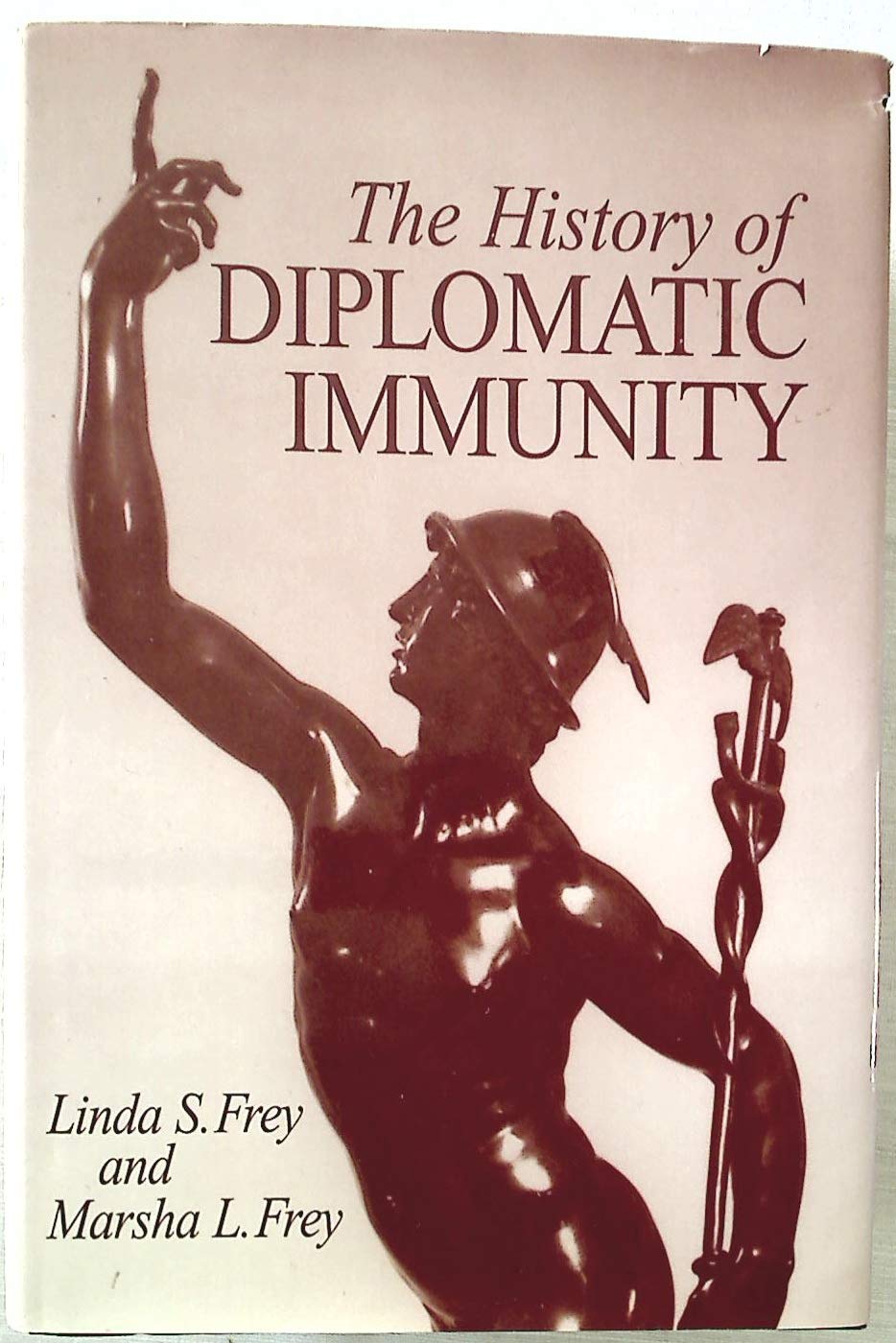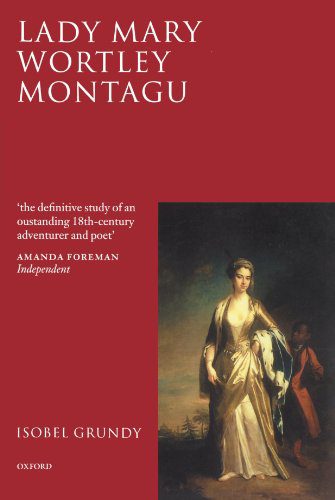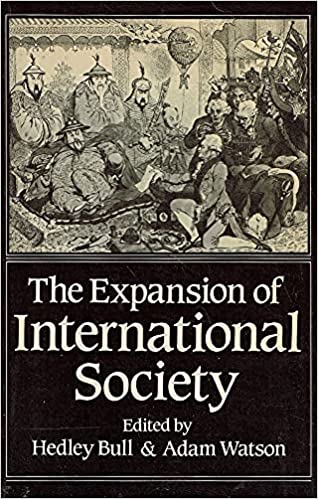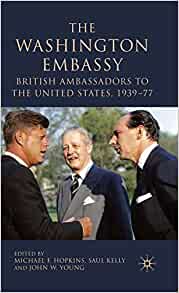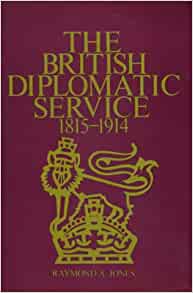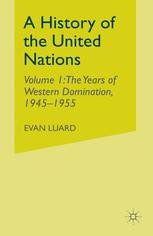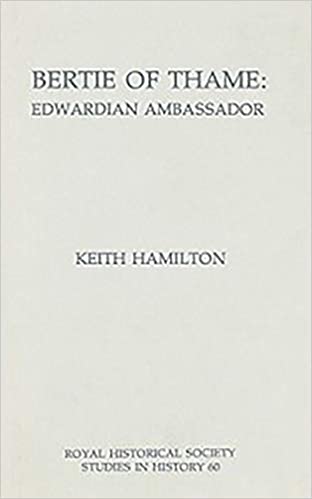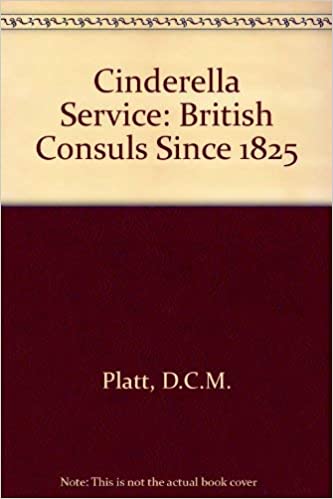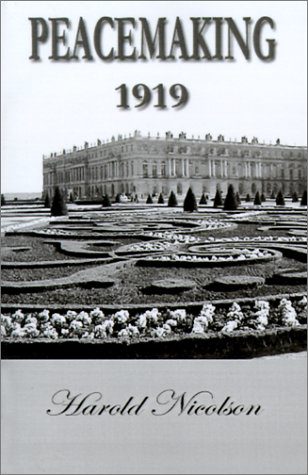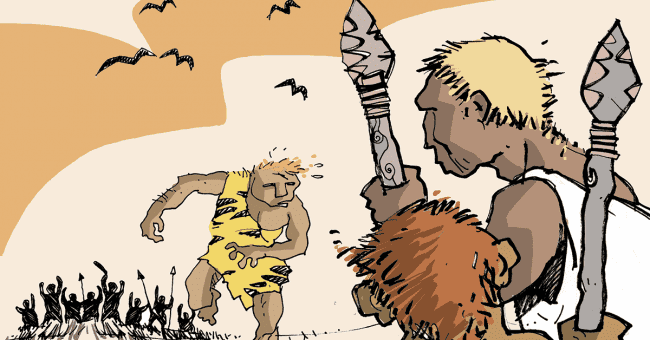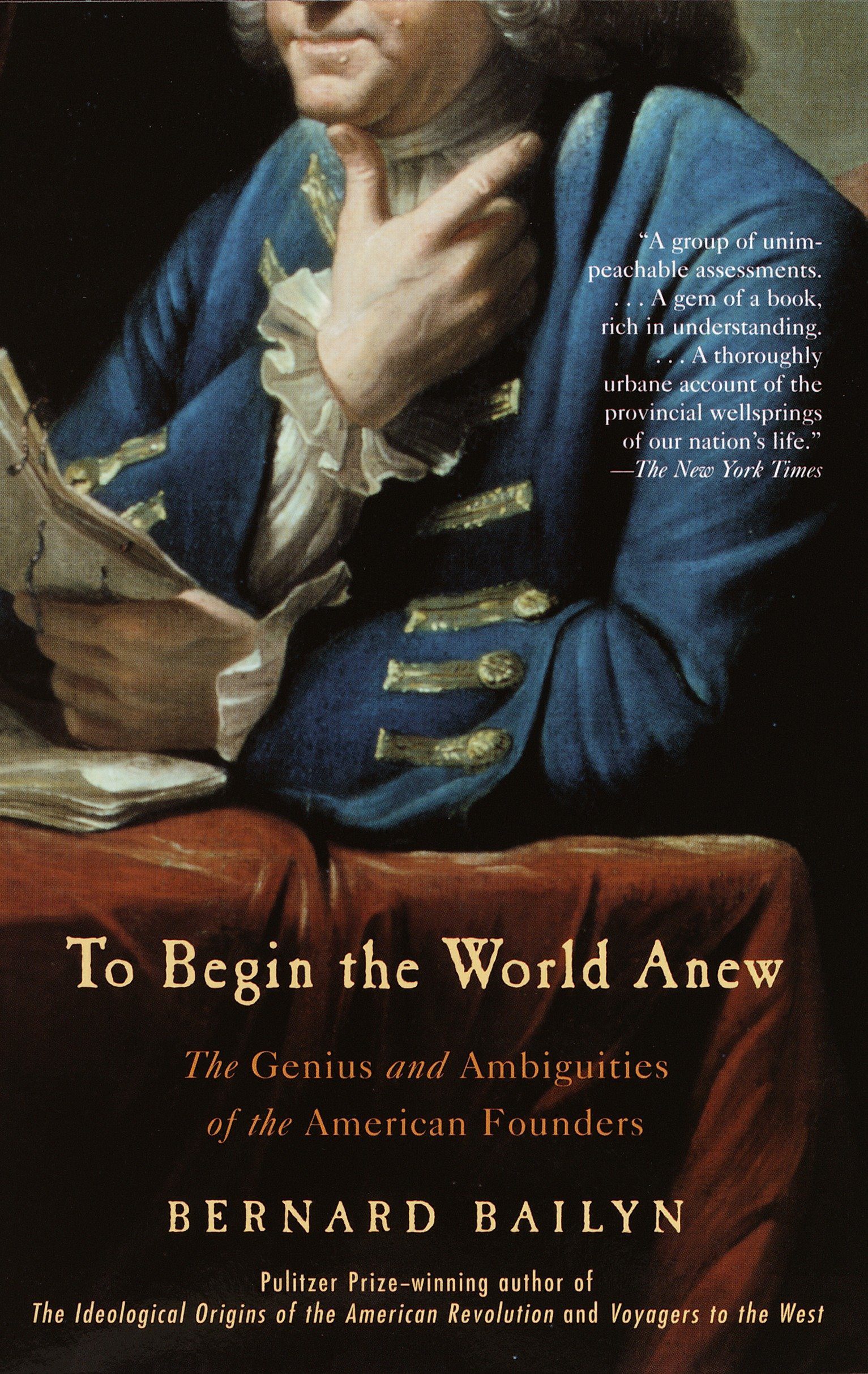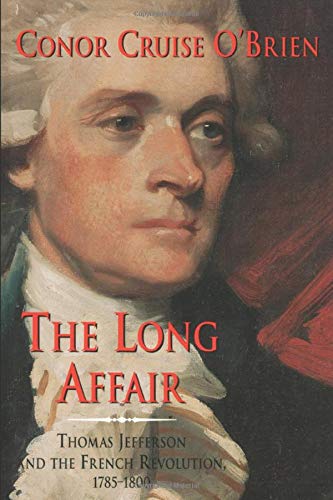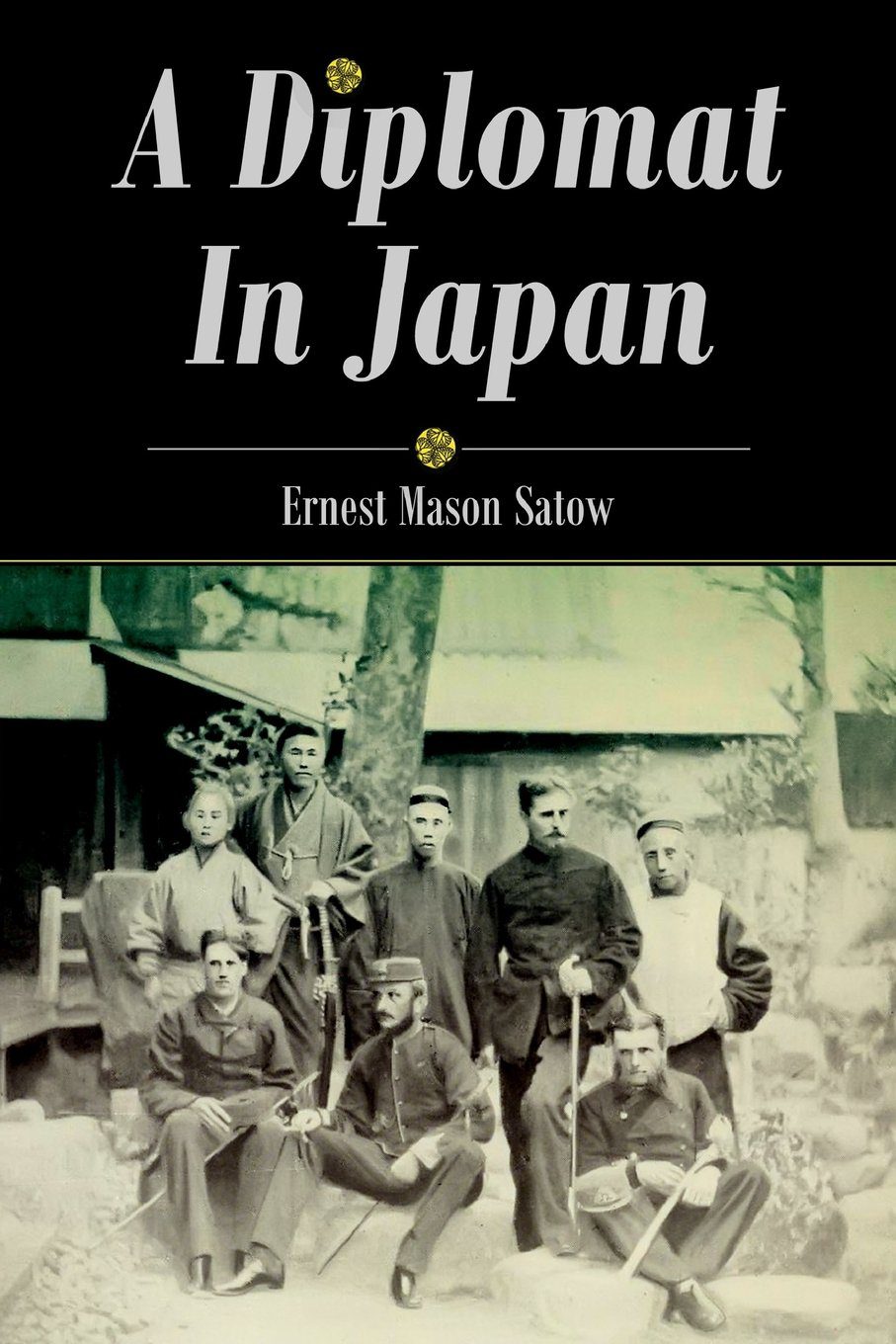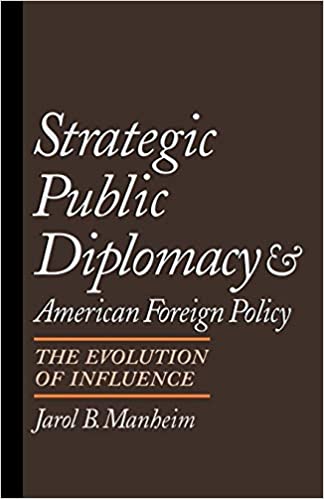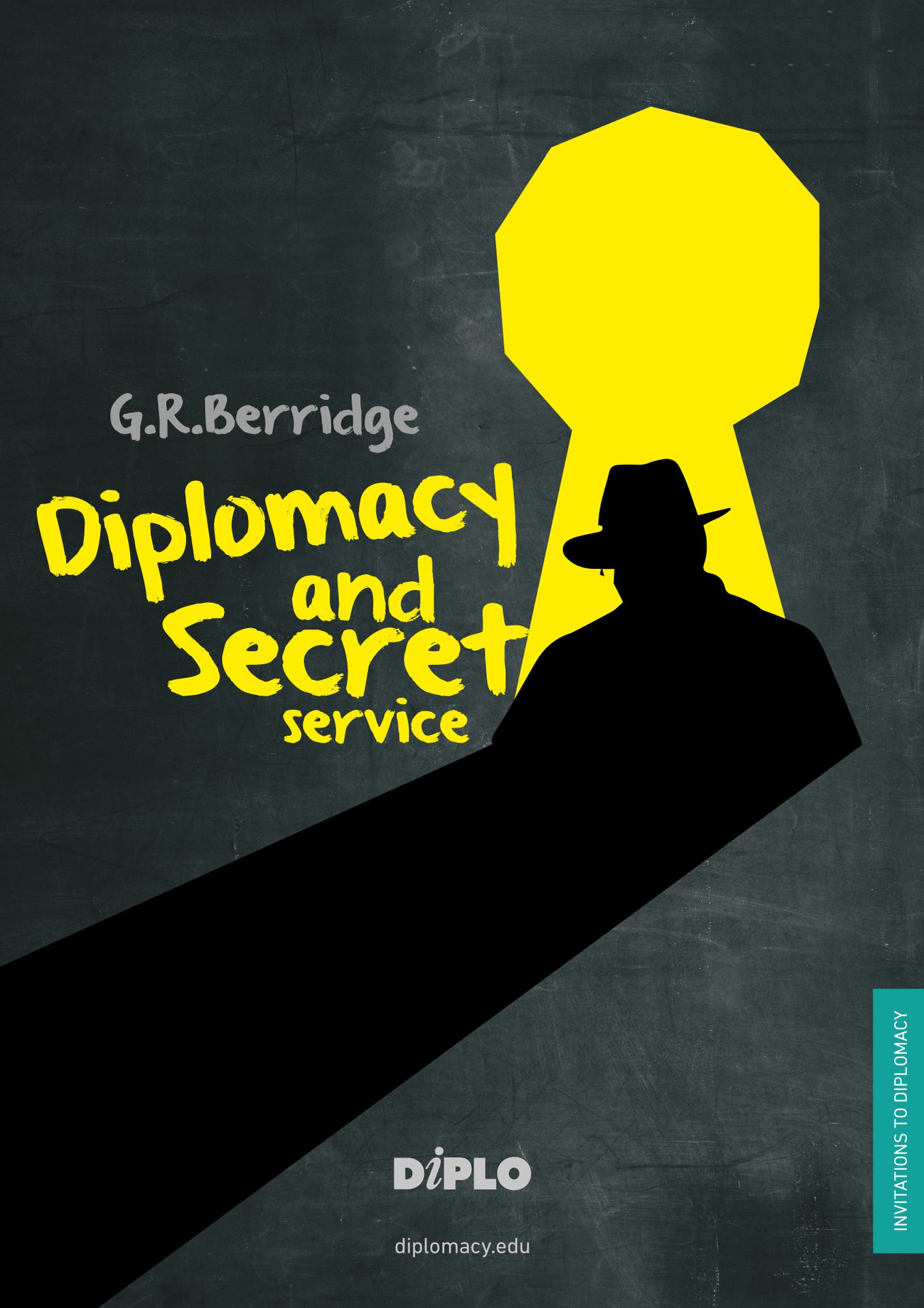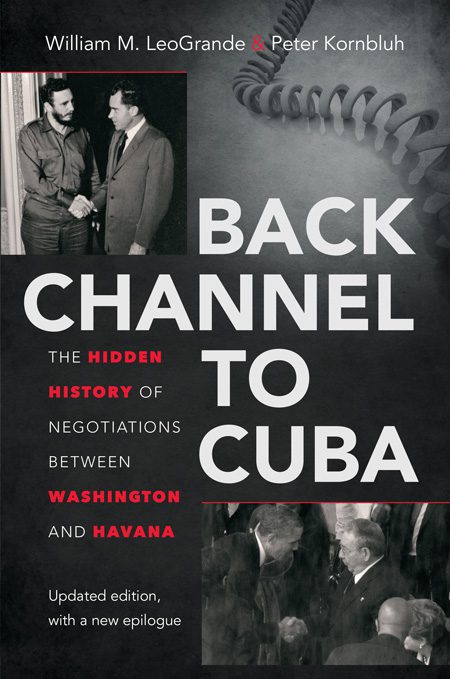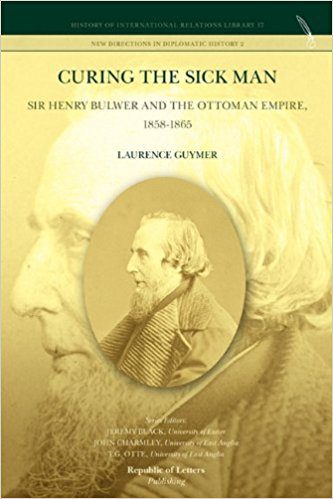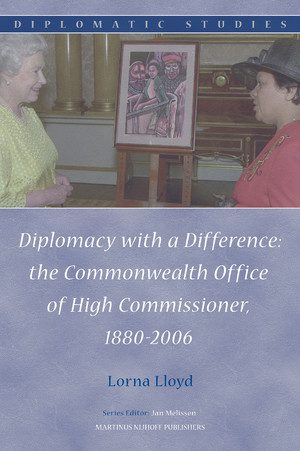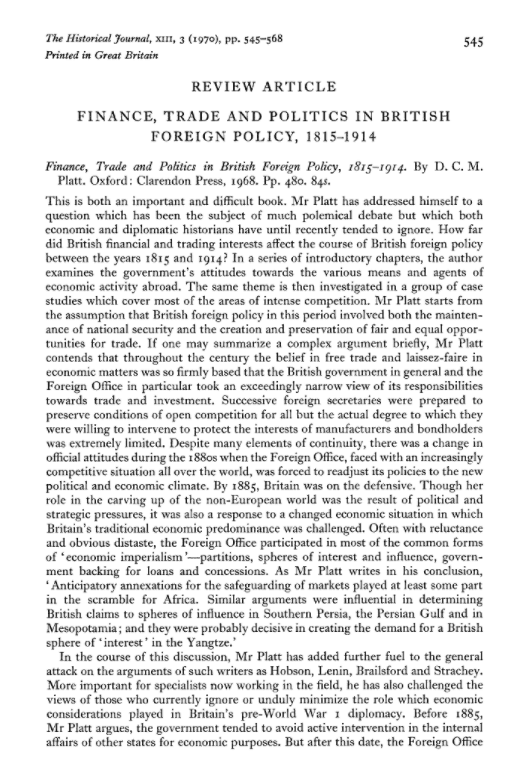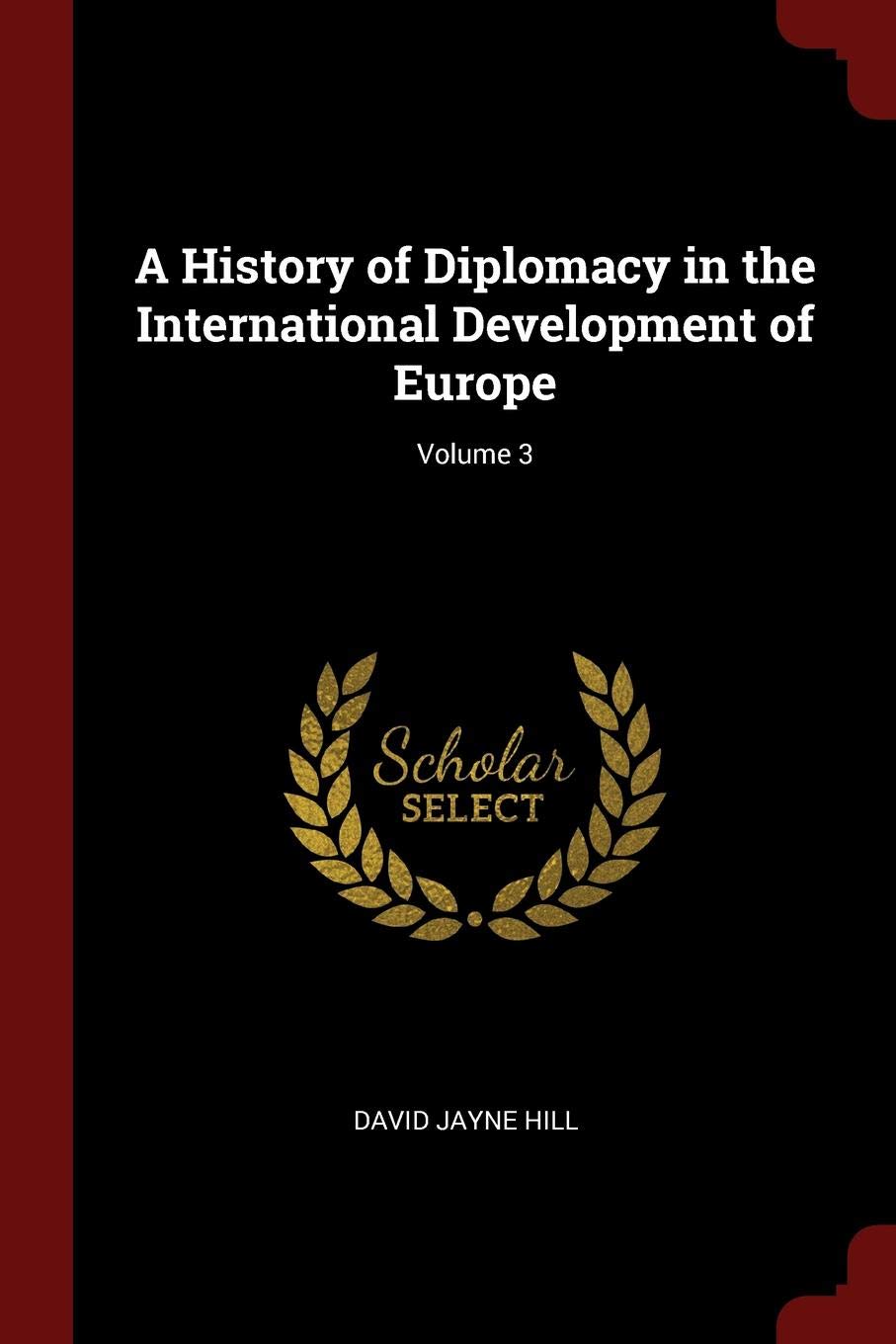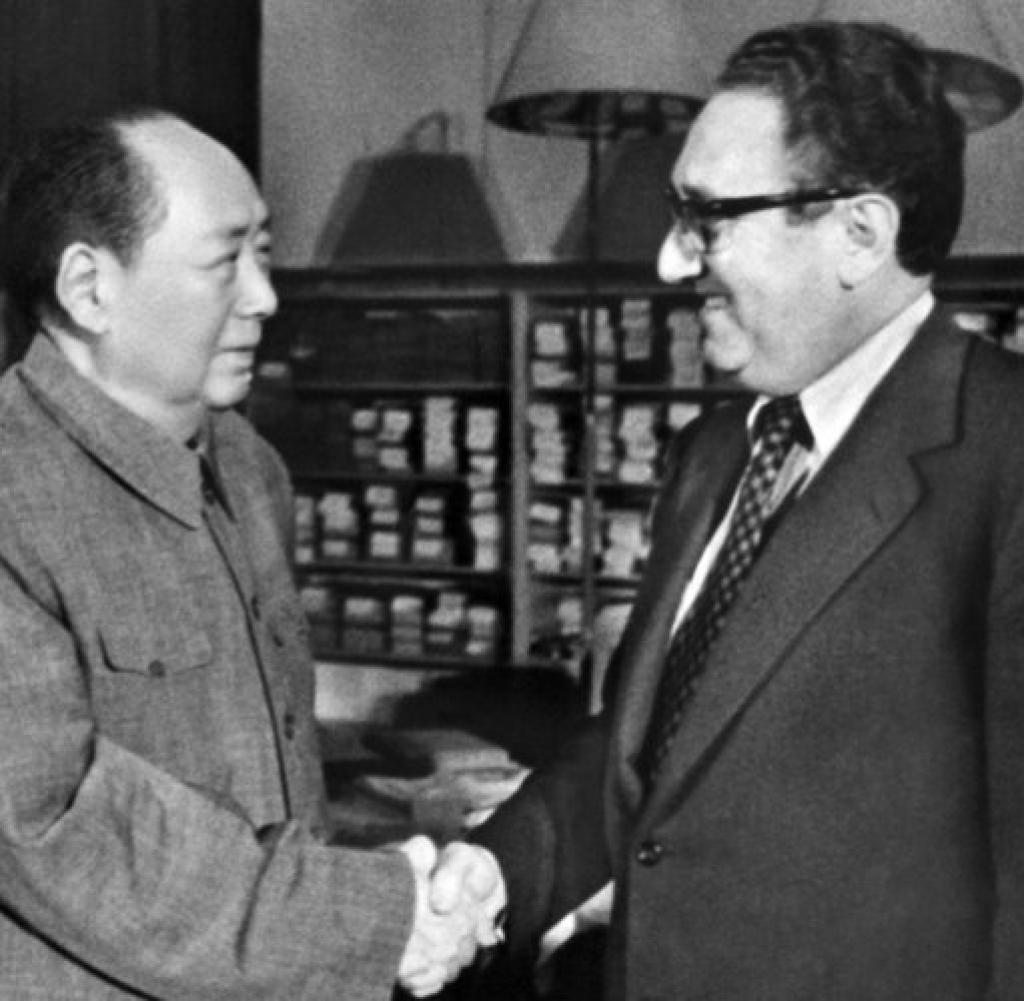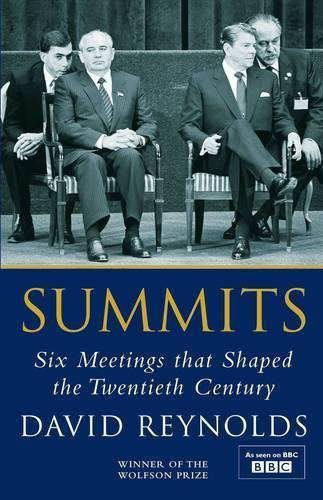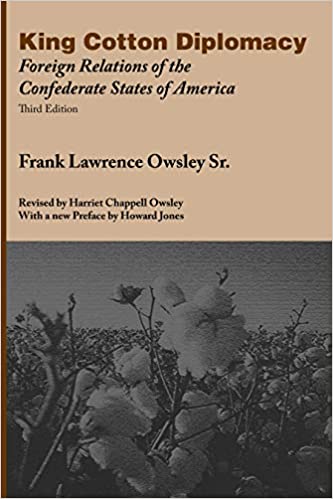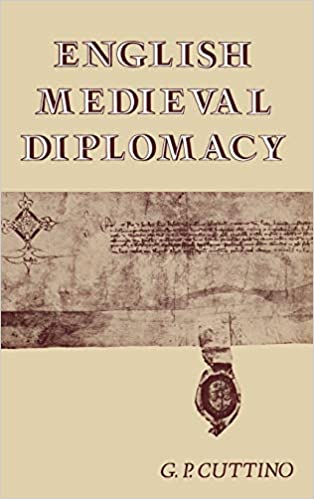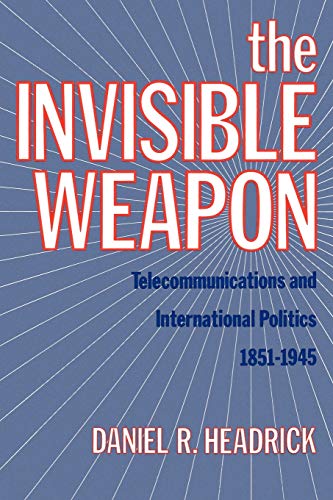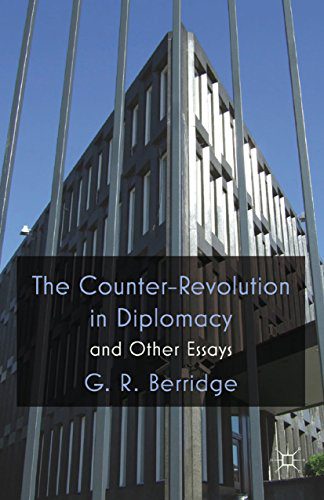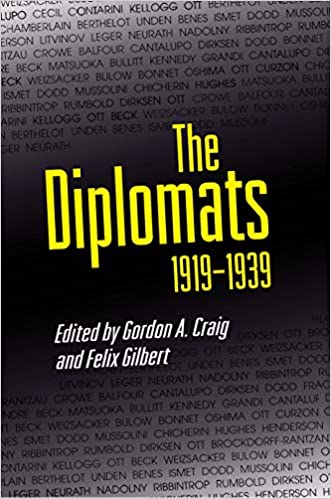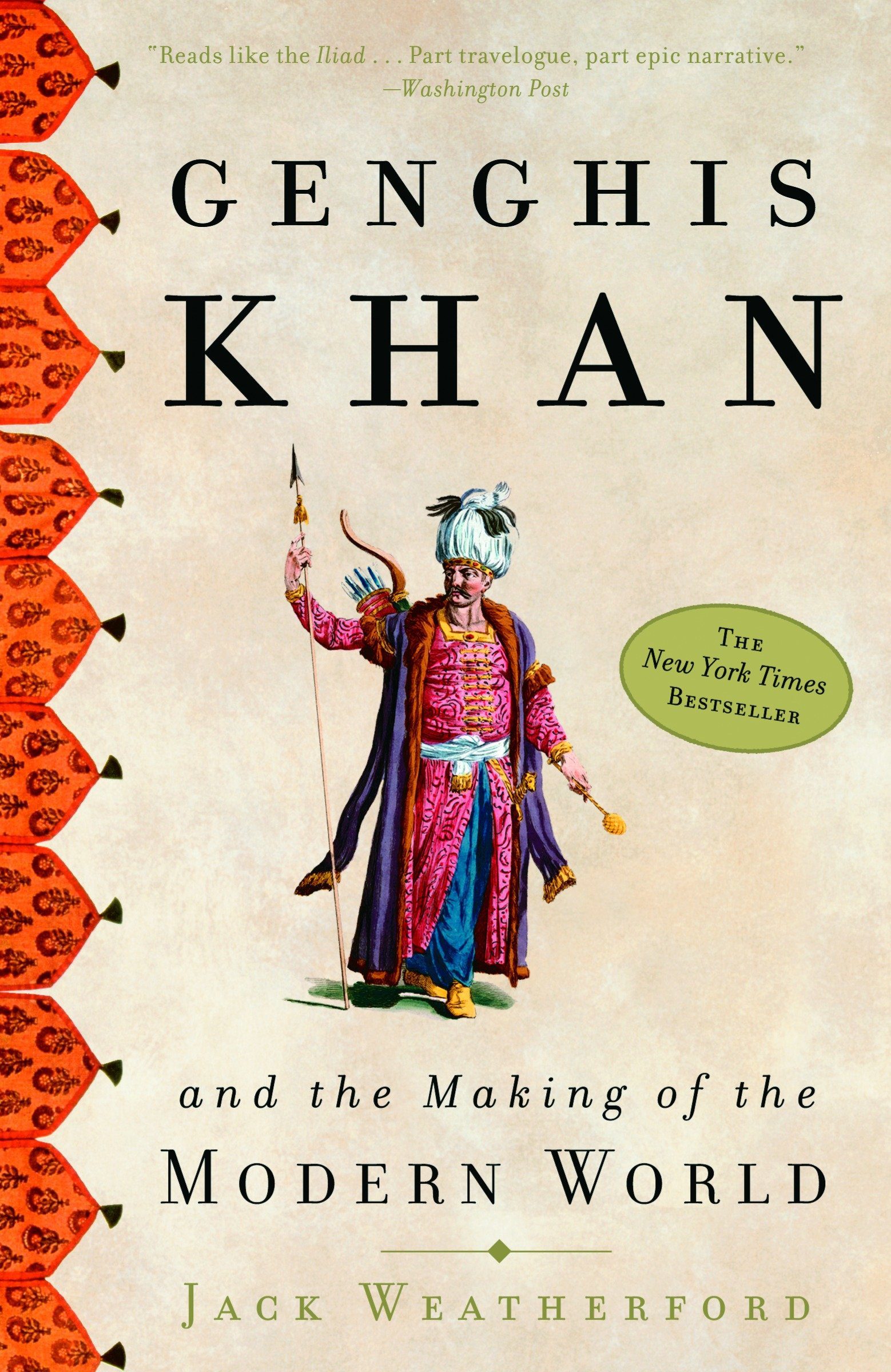
The Mongol Empire
Come again, the Mongols? Those blood-thirsty brutish sods so close to animals that we named a major genetic deficiency after them?
The Mongols under Genghis Khan and his successors ruled Eurasia from China to the Middle East and Russia. This is the largest empire in history. Genghis divided his empire among his four children, while investing one of them with supreme paramountship.
The unity could not be preserved, however, and the individual khanates drifted apart. Even so, Eurasia’s main contemporary centres of power have all their roots in the Mongol empire. China, which after the Tang had broken up into separate kingdoms – the Jin and the Song – was unified politically and administratively by Khubilai Khan, one of Genghis’ grandchildren. Thereafter, China was able to maintain its geographic and political integrity despite the succession of dynasties.
The Moghul Empire of India emerged from the Chagatai Khanate of Genghis’ second son. The Abbasid Caliphate centred on Baghdad was replaced by the Ilkhanate, which eventually became the heart of Persia. The Mongols of the Golden Horde first moved north towards Novgorod in Russia, then veered sharply south and destroyed Kiev and its Viking civilisation – some say at the behest of the Venetians, who schemed to achieve a monopoly of the slave trade. As a result the centre of power in the region shifted to the north, and czarist Russia eventually emerged.
Eastern Europe was laid waste, but the remainder of the sub-continent was spared – possibly because the plunder was judged not to be worth the bother. Europe continued its trajectory as a bunch of warring micro-states vying among each other for hegemony in the region – an issue settled only at the end of WW II.
Military technology and tactic
The Mongols’ was the first modern army. It was built on a rational structure (based, like the Roman legion, on units in the multiple of tens) and promotion was strictly on merit. Thoroughly disciplined and highly mobile – infantry was unknown – it could execute complex tactical manoeuvres in silence upon orders from centralised command. Speed and efficiency in conquest were their trademark, and the source of the fear they struck in the enemy. Horse and bow where the Mongol warriors’ strength – and it the end their weakness. Forests hindered the deployment of mounted armies, in the humid heat of India the bows failed, and the horses’ strength faded when they could not find pastures in the Syrian desert.
Warfare technology and logistics were other factors in the Mongols’ superiority. The gunpowder formula was changed to yield explosive force, rather than slow burn as in fire-lances and rockets. Guns and cannon were developed. Specialised troops of craftsmen were skilled in building complex siege machines from local materials – obviating the need to move them over long distances. They perfected sapping of walls, thus making static defence impossible. A dedicated medical corps looked after the wounded. The army and its horses spread across the plains for forage and sustenance, thus obviating for the need for supply lines – yet a sophisticated communication system based on melodies to ensure accurate memorisation allowed the scattered troops to regroup at short notice and to remain in touch with the distant leadership.
The intelligence system was second to none, and the Mongols knew much more about the lands they were about to invade than the defenders knew about the Mongols – if nothing else because the latter lived off the land and needed to know where water and pastures were to be found. In addition, the Mongols developed highly sophisticated methods of psychological warfare, spreading rumours about their cruelty and destruction. This unsettled the rural populations that then fled before the advancing army, hamstringing the defence efforts.
To what extent the Mongols’ vaunted cruelty was real must remain an open question, according to Weatherford. Few traces remain, among the excavated ruins of desert cities that were pillaged, of massive-scale slaughter, and what is left indicates that the number of casualties was likely to have been inflated by a factor of ten. What seems established is that the Mongols promised justice to those who surrendered, but they swore destruction to those who resisted, particularly if they rebelled and thus threatened supply lines or withdrawal routes. And the Mongols kept their word. Yet the Mongols did not torture, mutilate or main – which sets them apart from the rulers and religious leaders from China to Europe who depended upon such gruesome displays to control their own people.
More specifically Genghis – having battled competing aristocratic lineages to unify his people – was set on killing the aristocrats, whose loyalty, dependability and usefulness he had come to doubt, thus essentially decapitating the social system of the enemy and minimising future resistance. In so doing he shrewdly recognised that the common people cared little about what befell the idle rich.
Cities, particularly in the desert, were razed in order to redirect trade flows, and irrigation systems were demolished in order to make agricultural fields revert to pastures for the horses.
Plunder was the Mongol army’s basic aim, and plunder would be gathered centrally to be distributed in a fair and transparent way among the troops and the relatives of the fallen – the khubi system. In the process they had to record massive amounts of numerical information. What was not plundered, was counted and stored – and thus emerged a highly sophisticated bureaucracy that kept track of the accumulated wealth. Artisans were gathered and moved over long distances to centres of production serving the Mongol tastes. In so doing, technologies spread across the whole continent in all directions.
Beliefs and principles
Genghis Khan believed in the Great Blue Sky that spans the world. He derived his mandate for a world empire from this universal divinity. Genghis had met the many religions flowing back and forth along the Silk Road, however, as these were carried along by traders and adopted women who then married into neighbouring tribes – Khubilai’s mother had been some sort of Christian (probably a Nestorian – it is an irony that narrow-minded orthodoxy prevented the Pope from seizing the opportunity of spreading Christian values among the Mongols). Religious freedom prevailed among the Mongols, and the predominance of the state over religion was secured when Genghis executed troubling shamans that threatened his rule.
Genghis Khan had been a reject among his people and had been persecuted by rival lineages. When he achieved power he established the rule of law, which applied equally to everyone, and to himself. This policy allowed him to amalgamate the various defeated clans into one nation, while destroying the traditional power of the ‘white-bone’ lineages that had oppressed the people.
Economy of the Mongol Empire
Without a production base on their own, the Mongols were dependent on trade for their essentials and luxuries. They secured the Silk Road (which had languished under the petty Muslim rulers that squatted it), established free trade, and moved great quantities of goods in either direction. It is along this Mongol Silk Road that Marco Polo might have travelled to Khubilai’s court.
Paper money had been introduced from China and backed with the plunder of war. But Genghis’s son Guyuk has been too generous with the printing press and had debased the currency. His successor, Mongke, decided to honour Guyuk’s debts anyway, thus securing the continuity of trade flows. He introduced a standardised silver ingot, the sukhe, to achieve convertibility between the local currencies and to monetize taxes, rather than accept payment in local goods. This allowed the establishment of a state budget and the use of money to pay for expenses in places distant from the tax collection point.
Pragmatic universalism
To sum up: ‘the rulers of the Mongol Empire displayed a persistent universalism. Because they had no system of their own to impose upon their subjects, they were willing to adopt and combine systems from everywhere. Without deep cultural preferences in these areas, The Mongols implemented pragmatic rather than ideological solutions. They searched for what worked best; and when they found it, they spread it to other countries.’
The final achievement of the Mongols was their ability to blend in with the local culture, giving their rule a remarkable degree of stability. Khubilai Khan’s genius derived from the recognition that he had to sinicize in order to rule China – and he did. His successors were less daring, and were eventually overthrown by the Ming. Following Mongol principles of even-handedness and religious and cultural inclusion Akbar in India achieved deservedly the title of Great.
Collapse of the Empire
In the end, however, the Mongols were defeated by an unlikely enemy: the plague. It took off from Khubilai’s summer residence at Xanadu and followed the Mongol trade routes to sow death across the continent. As millions died, trade was cursed and prohibited; and foreigners became the source of fear rather than curiosity. Later on, the European Enlightenment produced a growing anti-Asian spirit that often focused on the Mongols, as the symbol of everything evil or defective in that massive continent. As democratic thought emerged, it has to be contrasted: the Mongols became the ‘Barbarians at the gate’.
The Communist rule sought to suppress Mongol history. It is now slowly re-emerging as the scattered remnants are gathered and interpreted by a new generation of historians. While Weatherford’s book may read to some somewhat as a hagiographic treaty, it has the great virtue of tearing away the cardboard image of the Mongols. May we find out more interesting things about this culture!
Review by Aldo Matteucci

